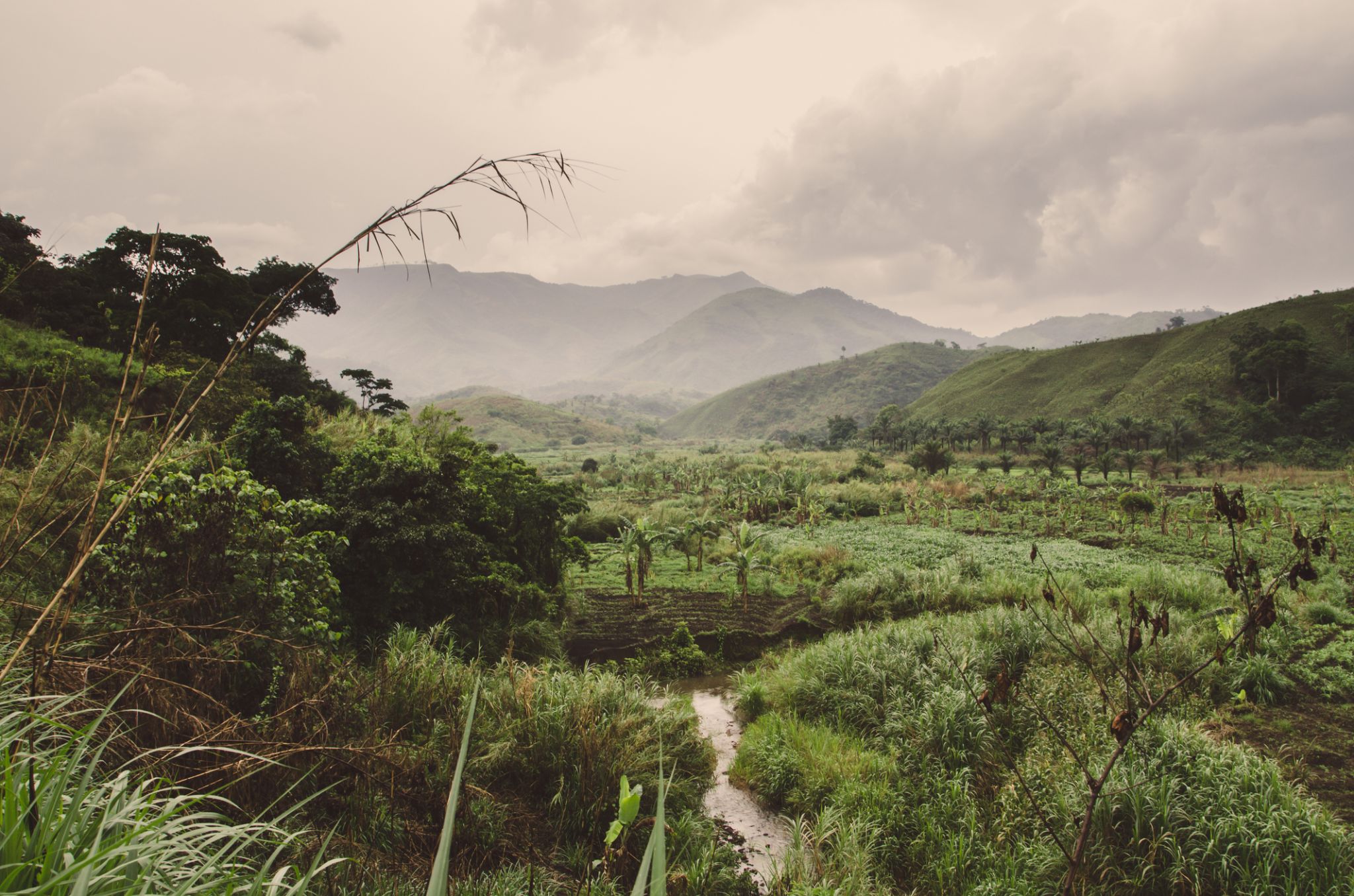

| Cruise Region : USA / Canada / Mexico, Pacific cruises |
| Company : Azamara Cruises |
| Ship : Azamara Quest |
| Journey Start : Tue 05 Jan 2027 |
| Journey End : Fri 02 Apr 2027 |
| Count Nights : 87 nights |
| Day | Date | Port | Arrival | Departure |
|---|---|---|---|---|
| 1 | 5.01 Tue | San Francisco / USA | 17:00 | |
| 2 | 6.01 Wed | Day at sea / Sea | 15:00 | |
| 3 | 7.01 Thu | Day at sea / Sea | 15:00 | |
| 4 | 8.01 Fri | Day at sea / Sea | 15:00 | |
| 5 | 9.01 Sat | Day at sea / Sea | 15:00 | |
| 6 | 10.01 Sun | Day at sea / Sea | 15:00 | |
| 7 | 11.01 Mon | Honolulu, Oahu, Hawaii / Hawaii | 08:00 | |
| 8 | 12.01 Tue | Honolulu, Oahu, Hawaii / Hawaii | 22:00 | |
| 9 | 13.01 Wed | Nawiliwili, oh. Kauai, Hawaii / Hawaii | 08:00 | 17:00 |
| 10 | 14.01 Thu | Kailua-Kona / Hawaii | 09:00 | 20:00 |
| 11 | 15.01 Fri | Day at sea / Sea | 15:00 | |
| 12 | 16.01 Sat | Day at sea / Sea | 15:00 | |
| 13 | 17.01 Sun | Day at sea / Sea | 15:00 | |
| 14 | 18.01 Mon | Day at sea / Sea | 15:00 | |
| 15 | 19.01 Tue | Day at sea / Sea | 15:00 | |
| 16 | 20.01 Wed | Day at sea / Sea | 15:00 | |
| 17 | 21.01 Thu | Moorea Islands Society / French Polynesia | 08:00 | 21:00 |
| 18 | 22.01 Fri | Bora Bora, Society Islands / French Polynesia | 08:00 | 20:00 |
| 19 | 23.01 Sat | Papeete / French Polynesia | 07:00 | 20:00 |
| 20 | 24.01 Sun | Bora Bora, Society Islands / French Polynesia | 08:00 | 17:00 |
| 21 | 25.01 Mon | Day at sea / Sea | 15:00 | |
| 22 | 26.01 Tue | Day at sea / Sea | 15:00 | |
| 23 | 27.01 Wed | Pago-Pago / Samoa | 08:00 | 18:00 |
| 24 | 28.01 Thu | Day at sea / Sea | 15:00 | |
| 25 | 29.01 Fri | Cross International Dateline | 03:00 | 06:00 |
| 26 | 30.01 Sat | Apia / Samoa | 08:00 | 17:00 |
| 27 | 31.01 Sun | Day at sea / Sea | 15:00 | |
| 29 | 2.02 Tue | Lautoka / Fiji | 08:00 | 22:00 |
| 30 | 3.02 Wed | Day at sea / Sea | ||
| 31 | 4.02 Thu | Day at sea / Sea | ||
| 32 | 5.02 Fri | NORFOLK ISLAND | 08:00 | 17:00 |
| 33 | 6.02 Sat | Day at sea / Sea | 15:00 | |
| 34 | 7.02 Sun | Oakland / New Zealand | 13:00 | |
| 35 | 8.02 Mon | Oakland / New Zealand | 08:00 | 18:00 |
| 36 | 9.02 Tue | Tauranga / New Zealand | 08:00 | 17:00 |
| 37 | 10.02 Wed | Napier / New Zealand | 11:30 | 18:00 |
| 38 | 11.02 Thu | Goal Goal / Australia | 11:30 | 18:00 |
| 39 | 12.02 Fri | Christchurch / New Zealand | 09:00 | 17:00 |
| 40 | 13.02 Sat | Dunedin / New Zealand | 08:00 | 18:00 |
| 41 | 14.02 Sun | Oban, Stuart / New Zealand | 08:00 | 14:00 |
| 42 | 15.02 Mon | Milford Sound / New Zealand | 07:00 | 10:00 |
| 43 | 16.02 Tue | Day at sea / Sea | 15:00 | |
| 44 | 17.02 Wed | Day at sea / Sea | 15:00 | |
| 45 | 18.02 Thu | Gobart Tasmania / Australia | 08:00 | 22:00 |
| 46 | 19.02 Fri | Day at sea / Sea | 15:00 | |
| 47 | 20.02 Sat | Melbourne / Australia | 08:00 | 22:00 |
| 48 | 21.02 Sun | Day at sea / Sea | 15:00 | |
| 49 | 22.02 Mon | Eden Valley / Australia | 07:30 | 14:00 |
| 50 | 23.02 Tue | Sydney / Australia | 07:00 | |
| 51 | 24.02 Wed | Sydney / Australia | 18:00 | |
| 52 | 25.02 Thu | Day at sea / Sea | 15:00 | |
| 53 | 26.02 Fri | Day at sea / Sea | 15:00 | |
| 54 | 27.02 Sat | KANGAROO ISL | 08:00 | 20:00 |
| 55 | 28.02 Sun | Adelaide / Australia | 08:00 | 22:00 |
| 56 | 1.03 Mon | Port Lincoln / Australia | 10:00 | 17:00 |
| 57 | 2.03 Tue | Day at sea / Sea | 15:00 | |
| 58 | 3.03 Wed | Day at sea / Sea | 15:00 | |
| 59 | 4.03 Thu | Albany / Australia | 08:00 | 17:00 |
| 60 | 5.03 Fri | MARGARET RIVER | 13:00 | 21:00 |
| 61 | 6.03 Sat | Perth | 08:00 | |
| 62 | 7.03 Sun | Perth | 14:00 | |
| 63 | 8.03 Mon | Day at sea / Sea | 15:00 | |
| 64 | 9.03 Tue | Day at sea / Sea | 15:00 | |
| 65 | 10.03 Wed | Day at sea / Sea | 15:00 | |
| 66 | 11.03 Thu | Tangjung Benoa / Indonesia | 09:00 | 22:00 |
| 67 | 12.03 Fri | Chelukan-Bawang | 08:00 | 17:00 |
| 68 | 13.03 Sat | Day at sea / Sea | 15:00 | |
| 69 | 14.03 Sun | Day at sea / Sea | 15:00 | |
| 70 | 15.03 Mon | Singapore / Singapore | 08:00 | 22:00 |
| 71 | 16.03 Tue | Day at sea / Sea | 15:00 | |
| 72 | 17.03 Wed | Day at sea / Sea | 15:00 | |
| 73 | 18.03 Thu | Samui Island / Koh Samui / Thailand | 07:30 | 14:00 |
| 74 | 19.03 Fri | Bangkok / Thailand | 09:00 | |
| 75 | 20.03 Sat | Bangkok / Thailand | 22:00 | |
| 76 | 21.03 Sun | Day at sea / Sea | ||
| 77 | 22.03 Mon | Kampong Saom (Sihanoukville) / Cambodia | 08:00 | 17:00 |
| 78 | 23.03 Tue | Day at sea / Sea | 15:00 | |
| 79 | 24.03 Wed | Ho Chi Minh / Vietnam | 09:00 | |
| 80 | 25.03 Thu | Ho Chi Minh / Vietnam | ||
| 81 | 26.03 Fri | Ho Chi Minh / Vietnam | 07:00 | |
| 82 | 27.03 Sat | Day at sea / Sea | 15:00 | |
| 83 | 28.03 Sun | Da Nang / Vietnam | 06:00 | 22:00 |
| 84 | 29.03 Mon | Day at sea / Sea | 15:00 | |
| 85 | 30.03 Tue | Ha Long / Vietnam | 08:00 | |
| 86 | 31.03 Wed | Ha Long / Vietnam | 20:00 | |
| 87 | 1.04 Thu | Day at sea / Sea | 15:00 | |
| 88 | 2.04 Fri | Limbe / Cameroon | 08:00 | |
| 89 | 3.04 Sat | Limbe / Cameroon | 09:00 |
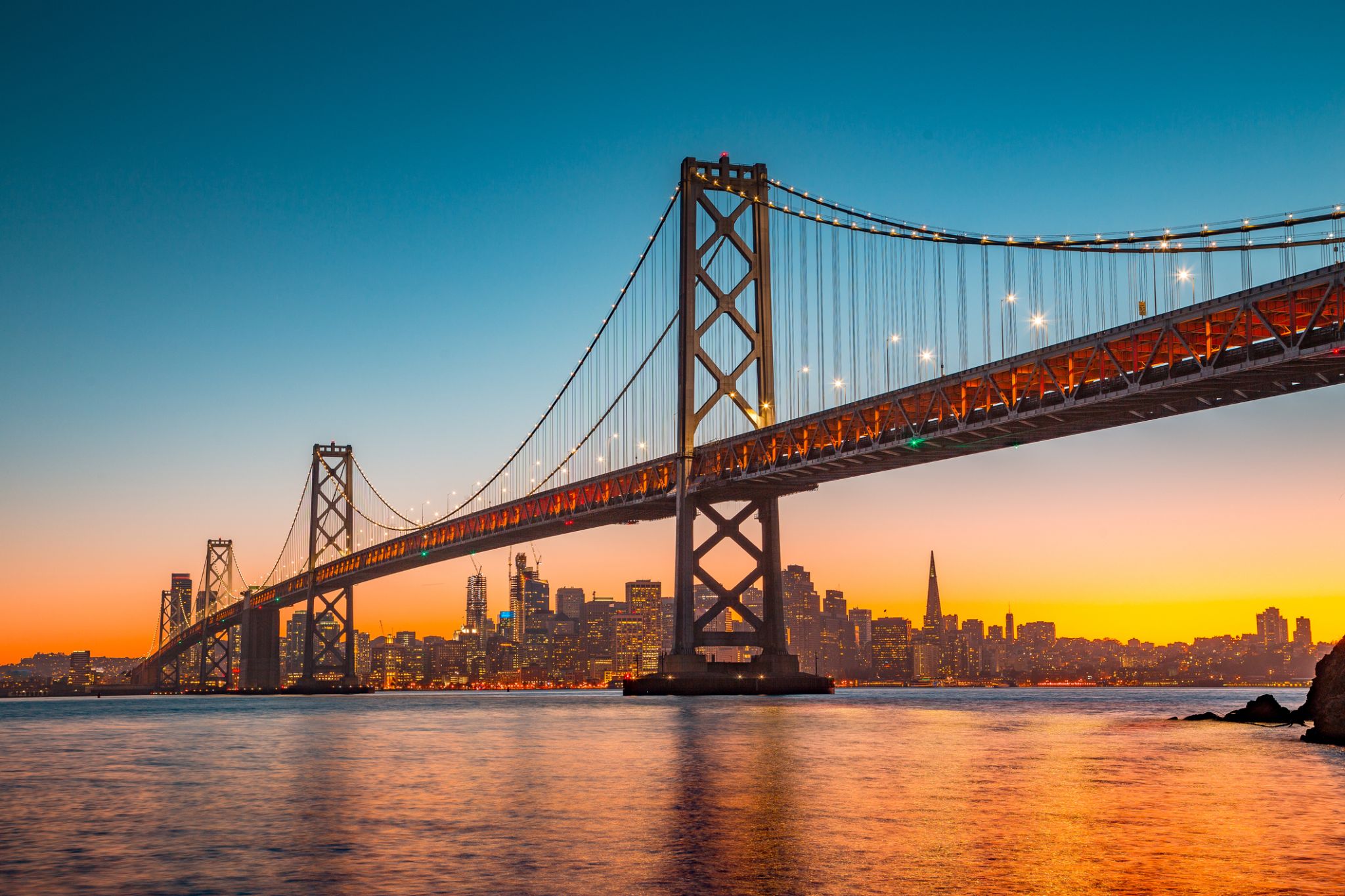
San Francisco , officially the City and County of San Francisco, is the cultural, commercial, and financial center of Northern California. San Francisco is the 13th-most populous city in the United States, and the fourth-most populous in California, with 884,363 residents as of 2017. It covers an area of about 46.89 square miles (121.4 km2), mostly at the north end of the San Francisco Peninsula in the San Francisco Bay Area, making it the second-most densely populated large US city, and the fifth-most densely populated U.S. county, behind only four of the five New York City boroughs. San Francisco is also part of the fifth-most populous primary statistical area in the United States, the San Jose–San Francisco–Oakland, CA Combined Statistical Area (9.7 million residents).





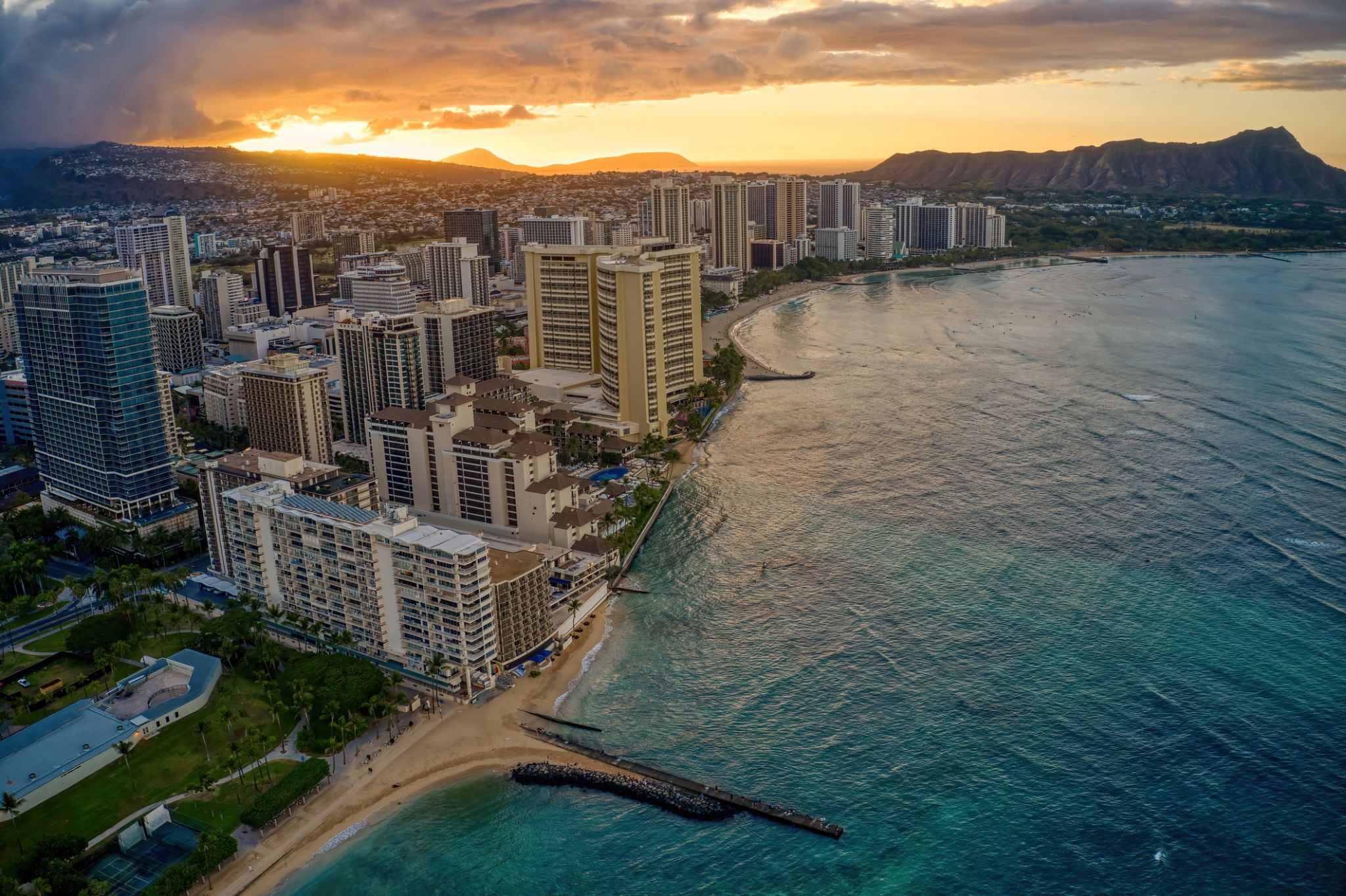
Honolulu is the capital and largest city of the U.S. state of Hawaiʻi. It is an unincorporated part of and the county seat of the City and County of Honolulu along the southeast coast of the island of Oʻahu. The city is the main gateway to Hawaiʻi and a major portal into the United States. The city is also a major hub for international business, military defense, as well as famously being host to a diverse variety of east-west and Pacific culture, cuisine, and traditions.
Honolulu is the most remote city of its size in the world and is the westernmost major U.S. city. For statistical purposes, the United States Census Bureau recognizes the approximate area commonly referred to as "City of Honolulu" (not to be confused with the "City and County") as a census county division (CCD). Honolulu is a major financial center of the islands and of the Pacific Ocean. The population of the Honolulu census designated place(CDP) was 359,870 as of the 2017 population estimate, while the Honolulu CCD was 390,738 and the population of the consolidated city and county was 953,207.
Honolulu means "sheltered harbor" or "calm port". The old name is Kou, a district roughly encompassing the area from Nuʻuanu Avenue to Alakea Street and from Hotel Street to Queen Street which is the heart of the present downtown district. The city has been the capital of the Hawaiian Islands since 1845 and gained historical recognition following the attack on Pearl Harbor by Japan near the city on December 7, 1941.
As of 2015, Honolulu was ranked high on world livability rankings, and was also ranked as the 2nd safest city in the U.S. It is also the most populated Oceanian city outside Australasia and ranks second to Auckland as the most-populous city in Polynesia.

Honolulu is the capital and largest city of the U.S. state of Hawaiʻi. It is an unincorporated part of and the county seat of the City and County of Honolulu along the southeast coast of the island of Oʻahu. The city is the main gateway to Hawaiʻi and a major portal into the United States. The city is also a major hub for international business, military defense, as well as famously being host to a diverse variety of east-west and Pacific culture, cuisine, and traditions.
Honolulu is the most remote city of its size in the world and is the westernmost major U.S. city. For statistical purposes, the United States Census Bureau recognizes the approximate area commonly referred to as "City of Honolulu" (not to be confused with the "City and County") as a census county division (CCD). Honolulu is a major financial center of the islands and of the Pacific Ocean. The population of the Honolulu census designated place(CDP) was 359,870 as of the 2017 population estimate, while the Honolulu CCD was 390,738 and the population of the consolidated city and county was 953,207.
Honolulu means "sheltered harbor" or "calm port". The old name is Kou, a district roughly encompassing the area from Nuʻuanu Avenue to Alakea Street and from Hotel Street to Queen Street which is the heart of the present downtown district. The city has been the capital of the Hawaiian Islands since 1845 and gained historical recognition following the attack on Pearl Harbor by Japan near the city on December 7, 1941.
As of 2015, Honolulu was ranked high on world livability rankings, and was also ranked as the 2nd safest city in the U.S. It is also the most populated Oceanian city outside Australasia and ranks second to Auckland as the most-populous city in Polynesia.
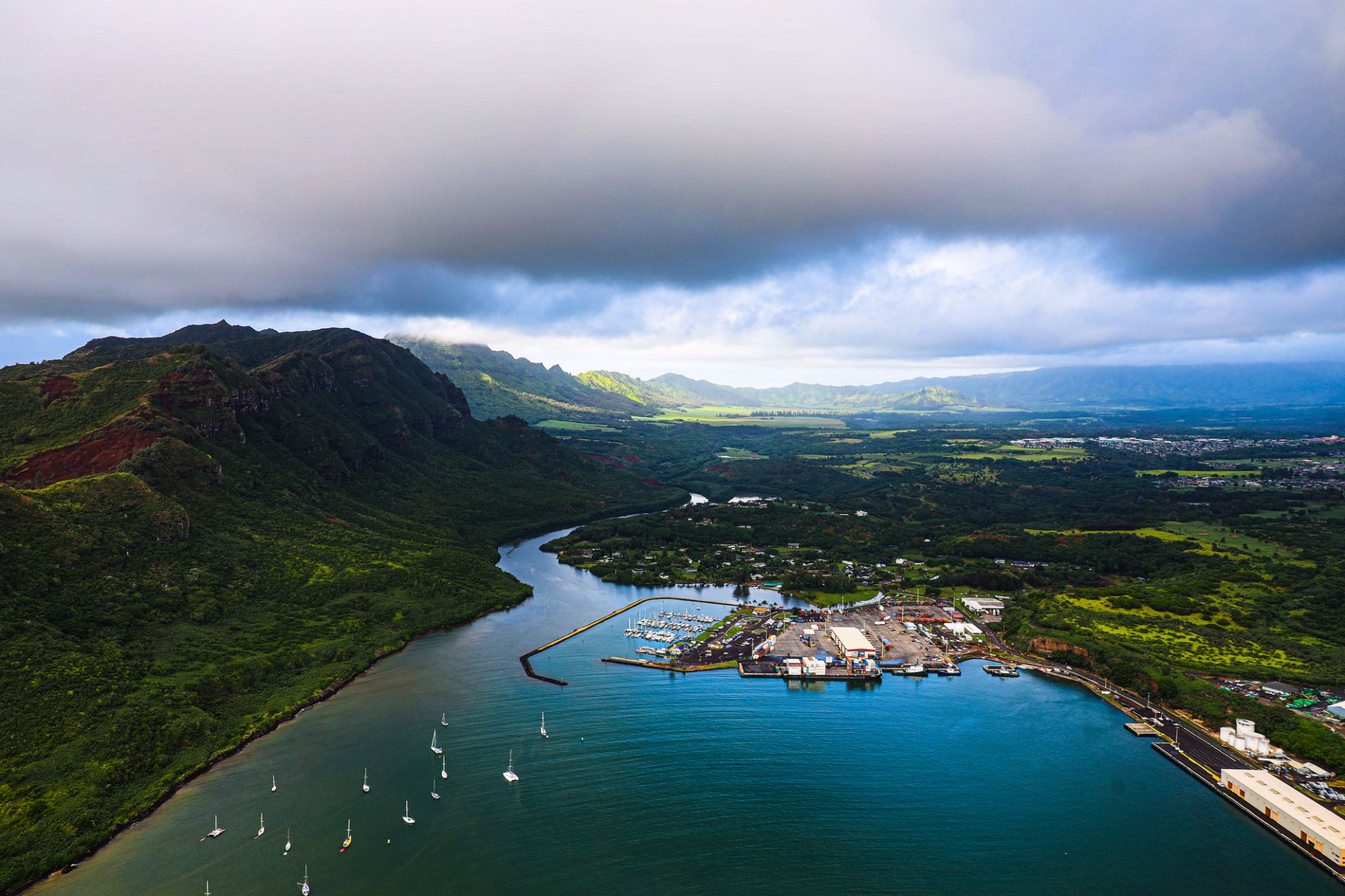
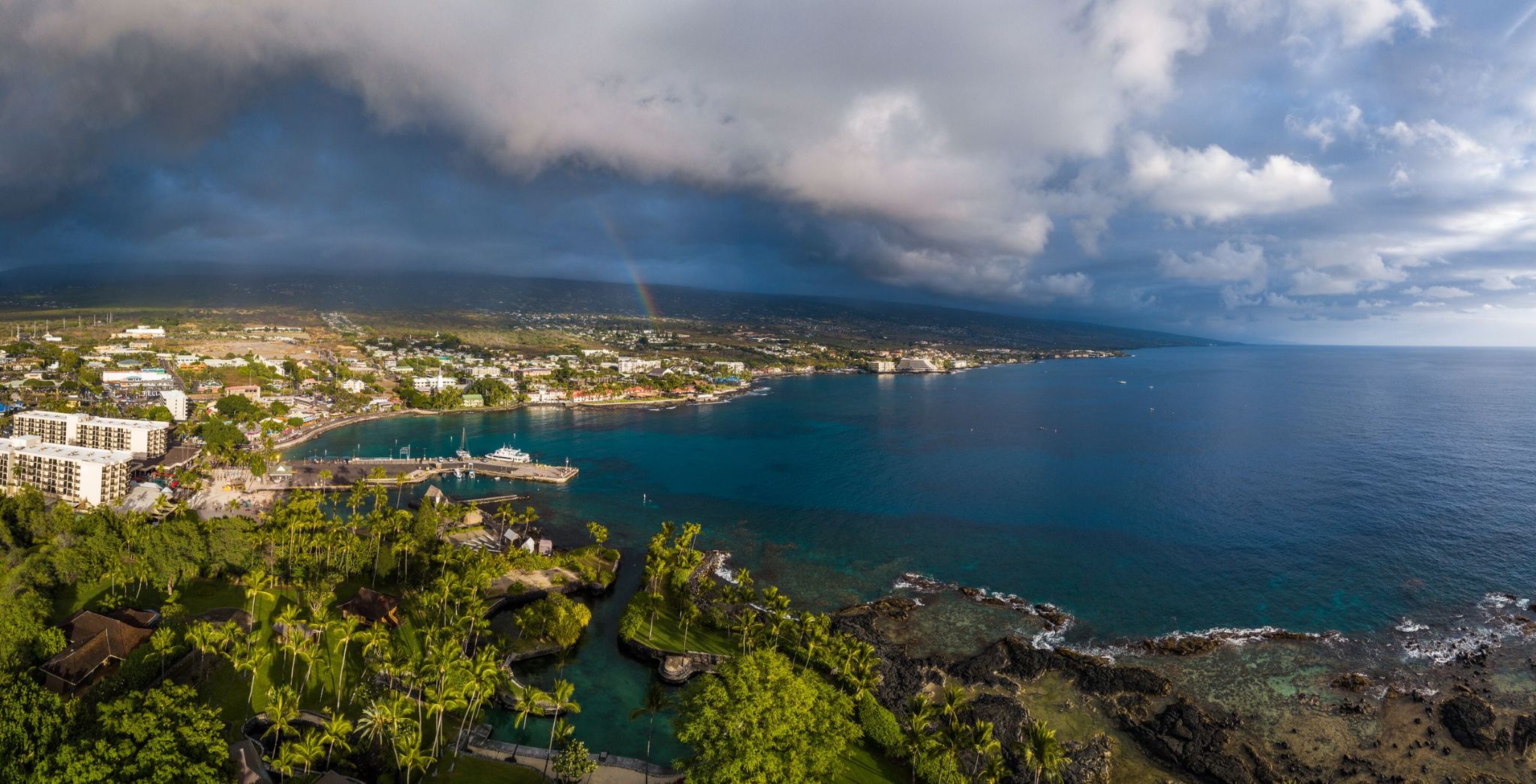
Kailua-Kona is a picturesque coastal town located on the western shore of Hawaii Island (also known as the Big Island). The town is famous for its sunny climate, calm waters, and rich history—it once served as the residence of King Kamehameha I, the first ruler to unite the Hawaiian Islands. The Alii Drive promenade stretches along the ocean and invites visitors to stroll past historic buildings, shops, cafes, and beaches with black volcanic sand. A key attraction is Mokuaikaua Church, the oldest Christian church in Hawaii, built in 1820.
Kailua-Kona is a favorite among snorkelers and divers: in its surrounding waters, you can see manta rays, sea turtles, and vibrant tropical fish. Nearby lies Puʻuhonua o Hōnaunau National Historical Park, an ancient sanctuary that offered refuge to those who violated the kapu laws. The town is also the starting point of the famous Ironman World Championship, attracting triathletes from around the globe. It’s the perfect destination for those seeking a balance of nature, culture, and active recreation.






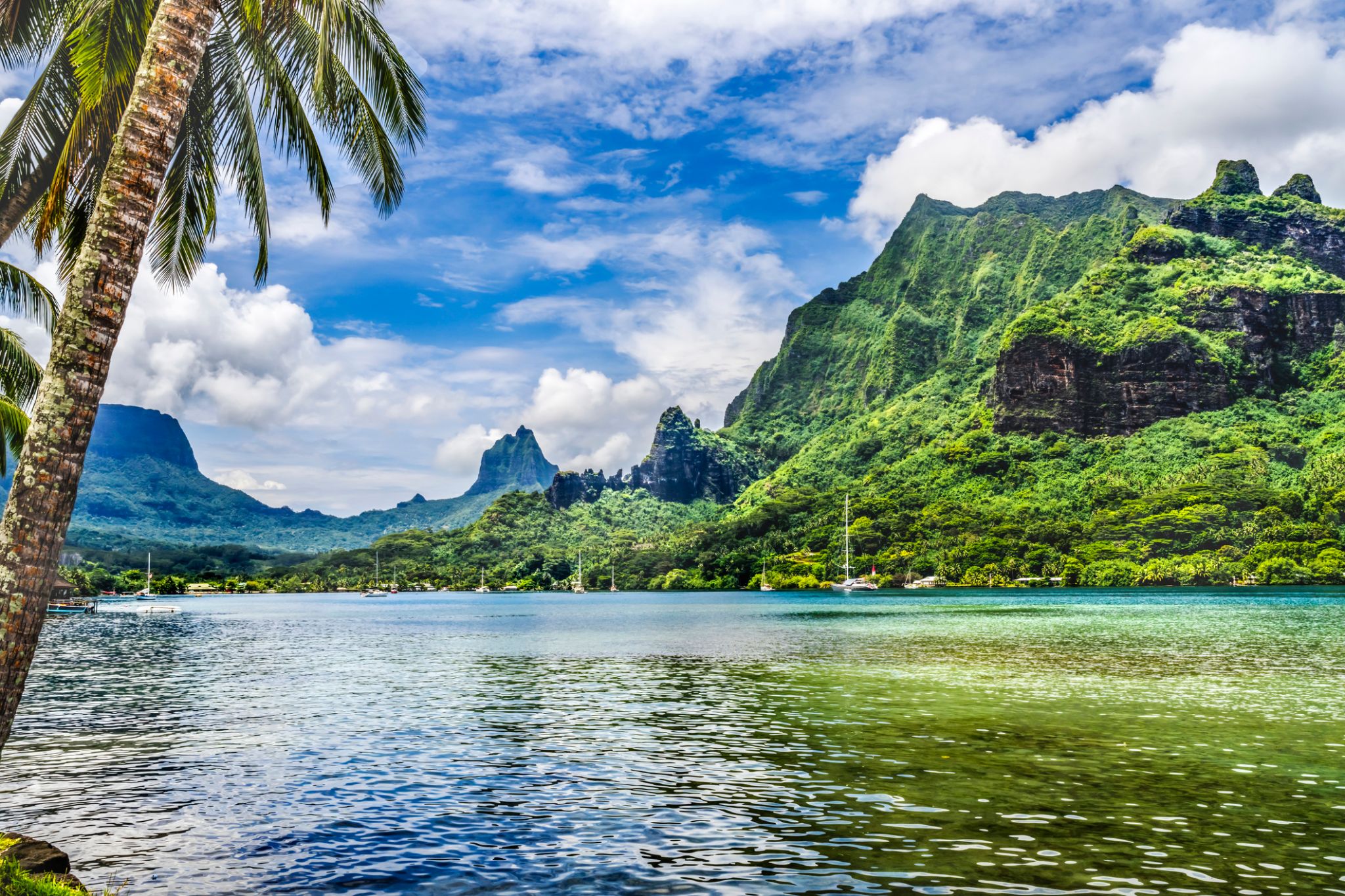
The island was formed as a volcano 1.5 to 2.5 million years ago, the result of a Society hotspot in the mantle under the oceanic plate that formed the whole of the Society Archipelago. It is theorized that the current bays were formerly river basins that filled during the Holocene searise.
Mo'orea is about 10 miles in width from the west to the east. There are two small, nearly symmetrical bays on the north shore. The one to the west is called 'Ōpūnohu Bay, which is not very populated but many travelers have come into the bay. The main surrounding communes of the bay are Piha'ena in the east and Papetō'ai to the west. The one to the east is Cook's Bay, also called Pao Pao Bay since the largest commune of Mo'orea is at the bottom of the bay. The other communes are Piha'ena to the west and busy Maharepa to the east. The highest point is Mount Tohi'e'a, near the center of Mo'orea. It dominates the vista from the two bays and can be seen from Tahiti. There are also hiking trails in the mountains. The Vai'are Bay is another small inlet, smaller than the two main bays, on the east shore. This bay has been settled a lot and has a lot of business. The main village is located just south of the bay.
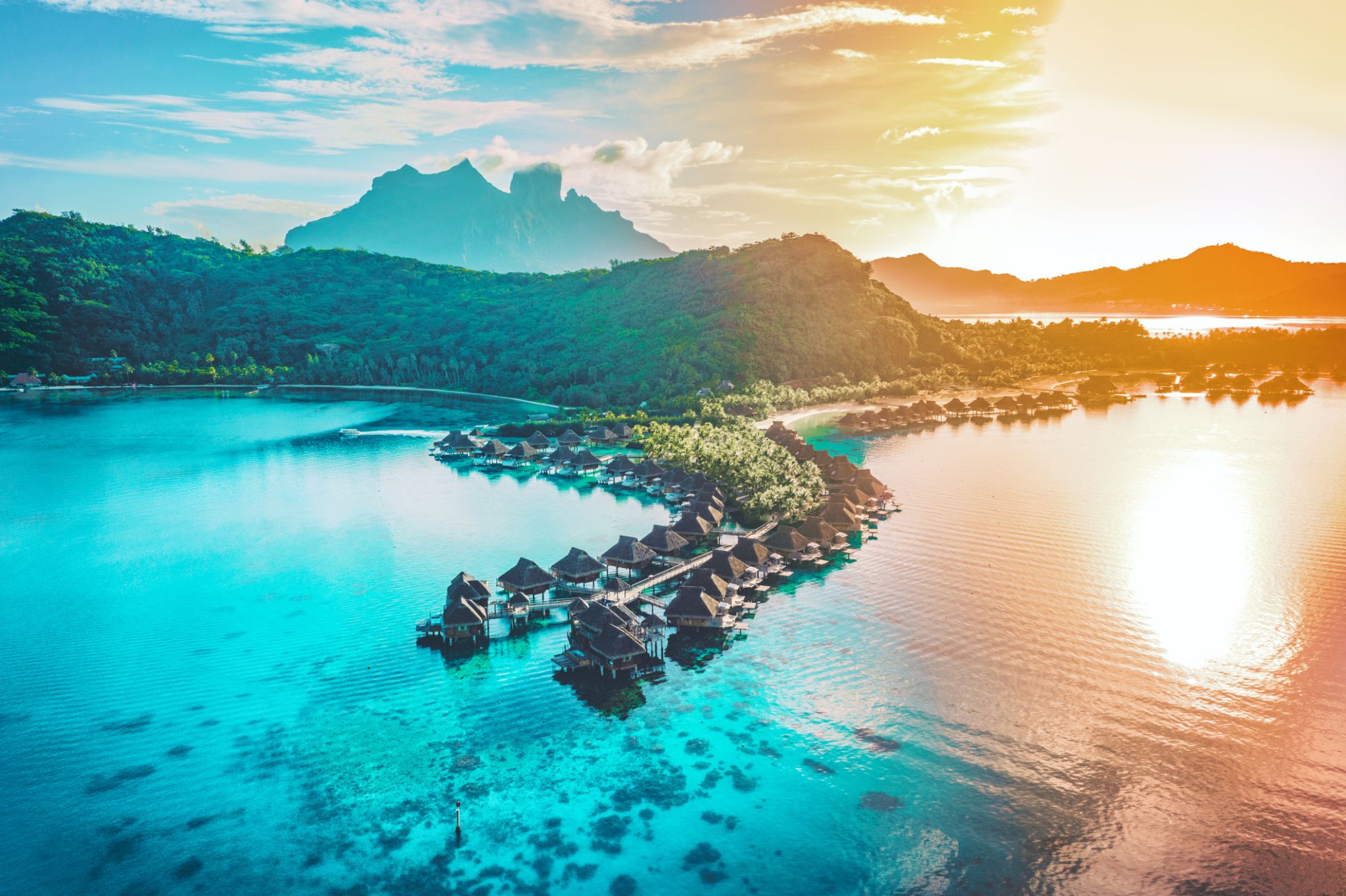
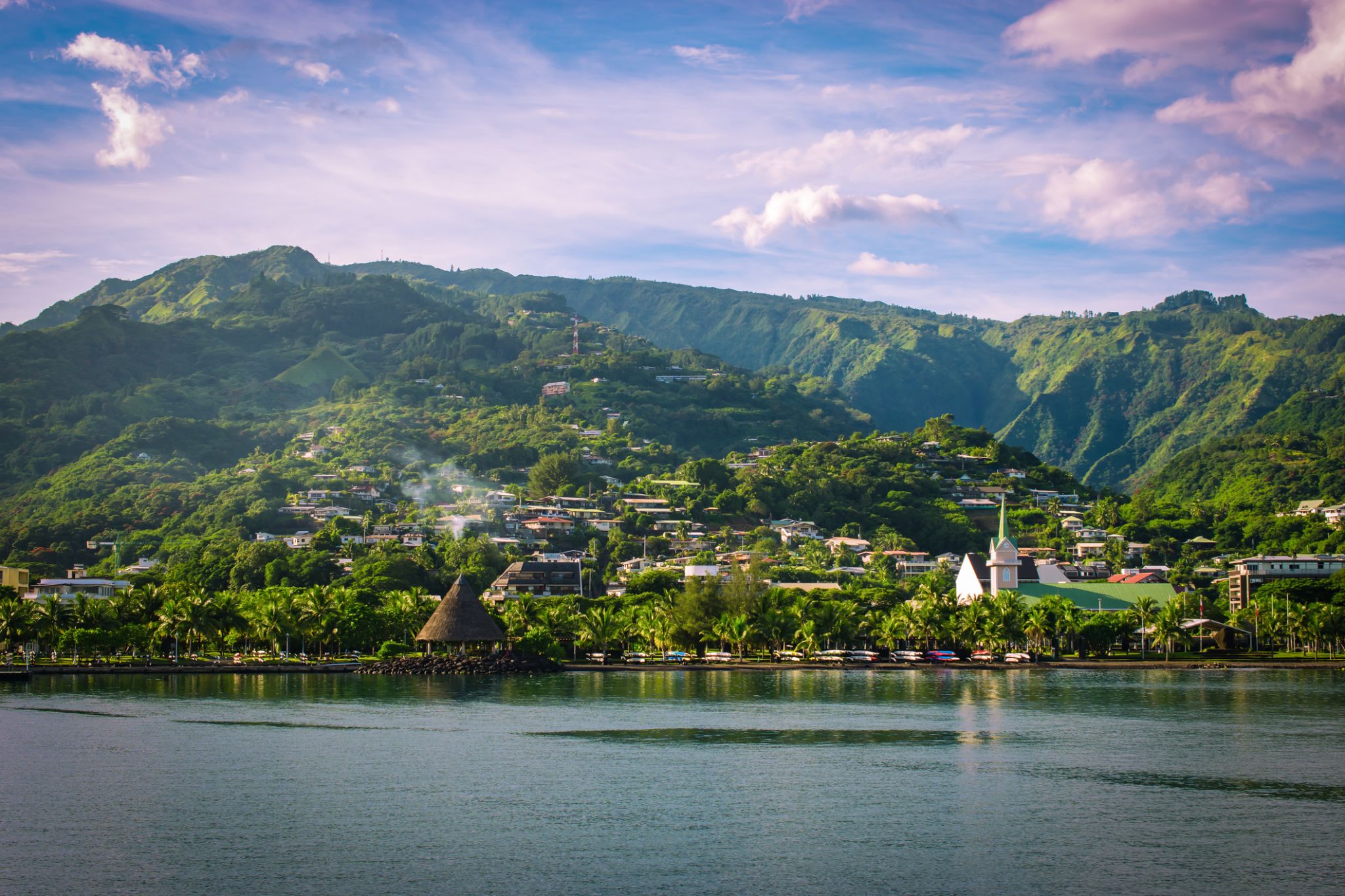
Papeete is the capital city of French Polynesia, an overseas collectivity of France in the Pacific Ocean. The commune of Papeete is located on the island of Tahiti, in the administrative subdivision of the Windward Islands, of which Papeete is the administrative capital. The French High Commissioner also resides in Papeete. It is the primary center of Tahitian and French Polynesian public and private governmental, commercial, industrial and financial services, the hub of French Polynesian tourism and a commonly used port of call. The Windward Islands are themselves part of the Society Islands. The name Papeete means "water from a basket".
The urban area of Papeete had a total population of 136,771 inhabitants at the August 2017 census, 26,926 of whom lived in the commune of Papeete proper.



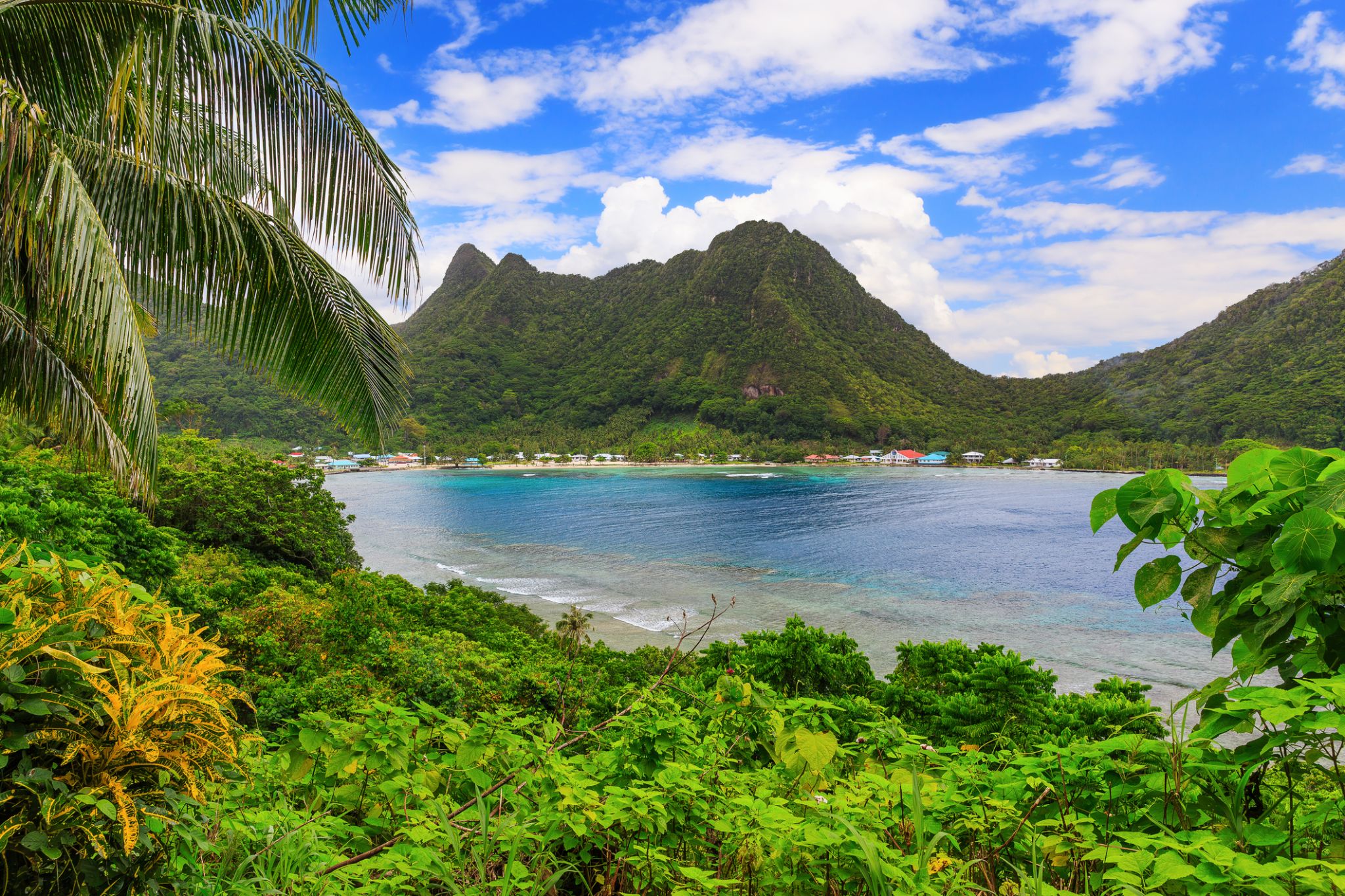
Pago Pago is the territorial capital of American Samoa. It is in Maoputasi County on the main island of American Samoa, Tutuila. It is home to one of the best and deepest natural deepwater harbors in the South Pacific Ocean, sheltered from wind and rough seas, and strategically located. The harbor is also one of the best protected in the South Pacific, which gives American Samoa a natural advantage with respect to landing fish for processing. Tourism, entertainment, food, and tunacanning are its main industries. Pago Pago was the world's 4th largest tuna processor as of 1993. It was home to two of the largest tuna companies in the world: Chicken of the Sea and StarKist, which exported an estimated $445 million in canned tuna to the U.S. mainland.
Pago Pago is the only modern urban center in American Samoa. The Greater Pago Pago Metropolitan Area encompasses several villages strung together along Pago Pago Harbor. One of the villages is itself named Pago Pago, and in 2010 had a population of 3,656. The constituent villages are, in order, Utulei, Fagatogo, Malaloa, Pago Pago, Satala and Atu'u. Fagatogo is the downtown area referred to as Town and is home to the legislature, while the executive is located in Utulei. In Fagatogo is the Fono, Police Department, Port of Pago Pago, many shops and hotels. The Greater Pago Pago Area was home to 8,000 residents in 2000.
Rainmaker Mountain (Mount Pioa) is located in Pago Pago, and gives the city the highest annual rainfall of any harbor in the world.


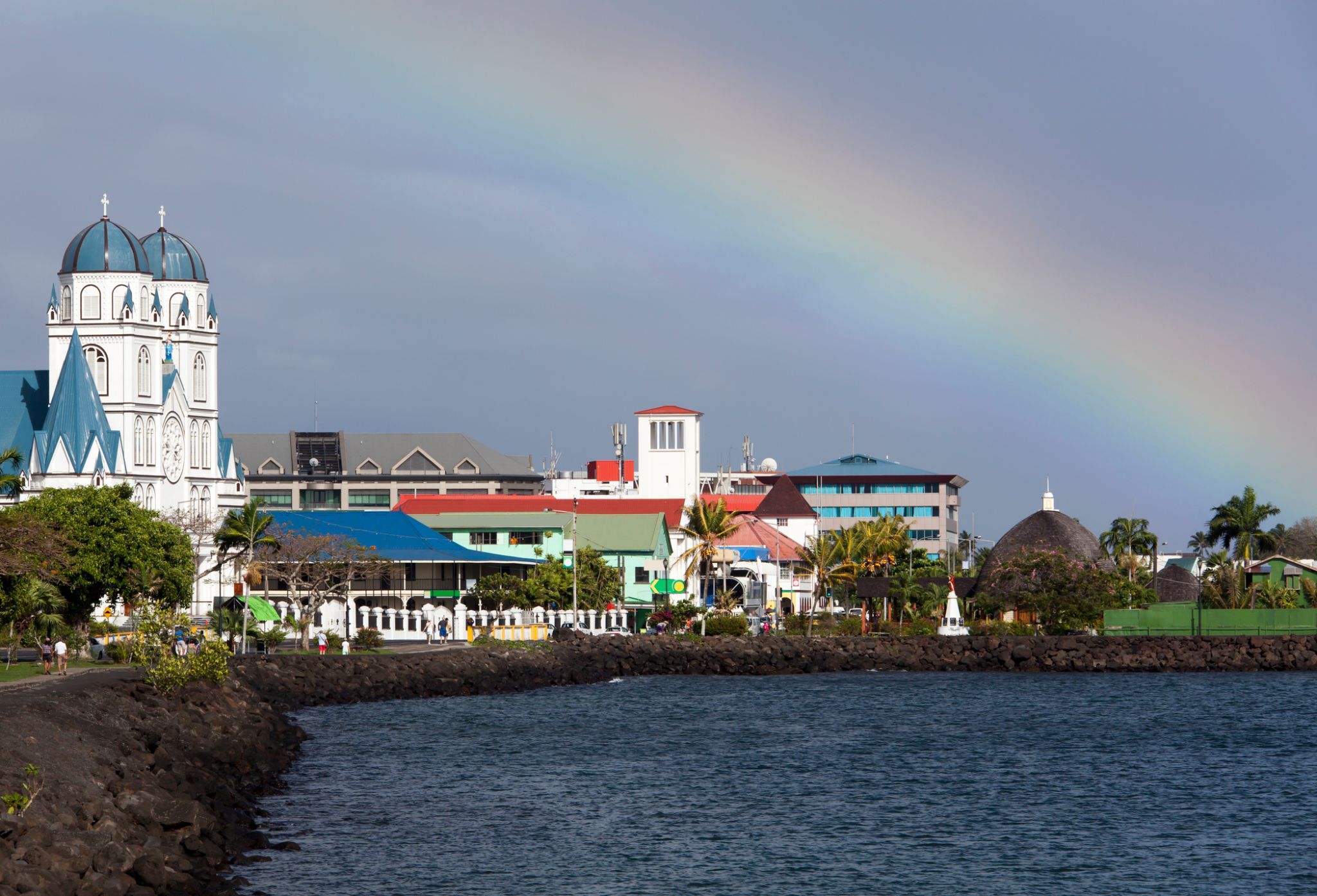
Apia is the capital and the largest city of Samoa. From 1900 to 1919, it was the capital of German Samoa. The city is located on the central north coast of Upolu, Samoa's second largest island. Apia is the only city in Samoa and falls within the political district (itūmālō) of Tuamasaga.
The Apia Urban Area has a population of 36,735 (2011 census) and is generally referred to as the City of Apia. The geographic boundaries of Apia Urban Area is mainly from Letogo village to the new industrialized region of Apia known as Vaitele.

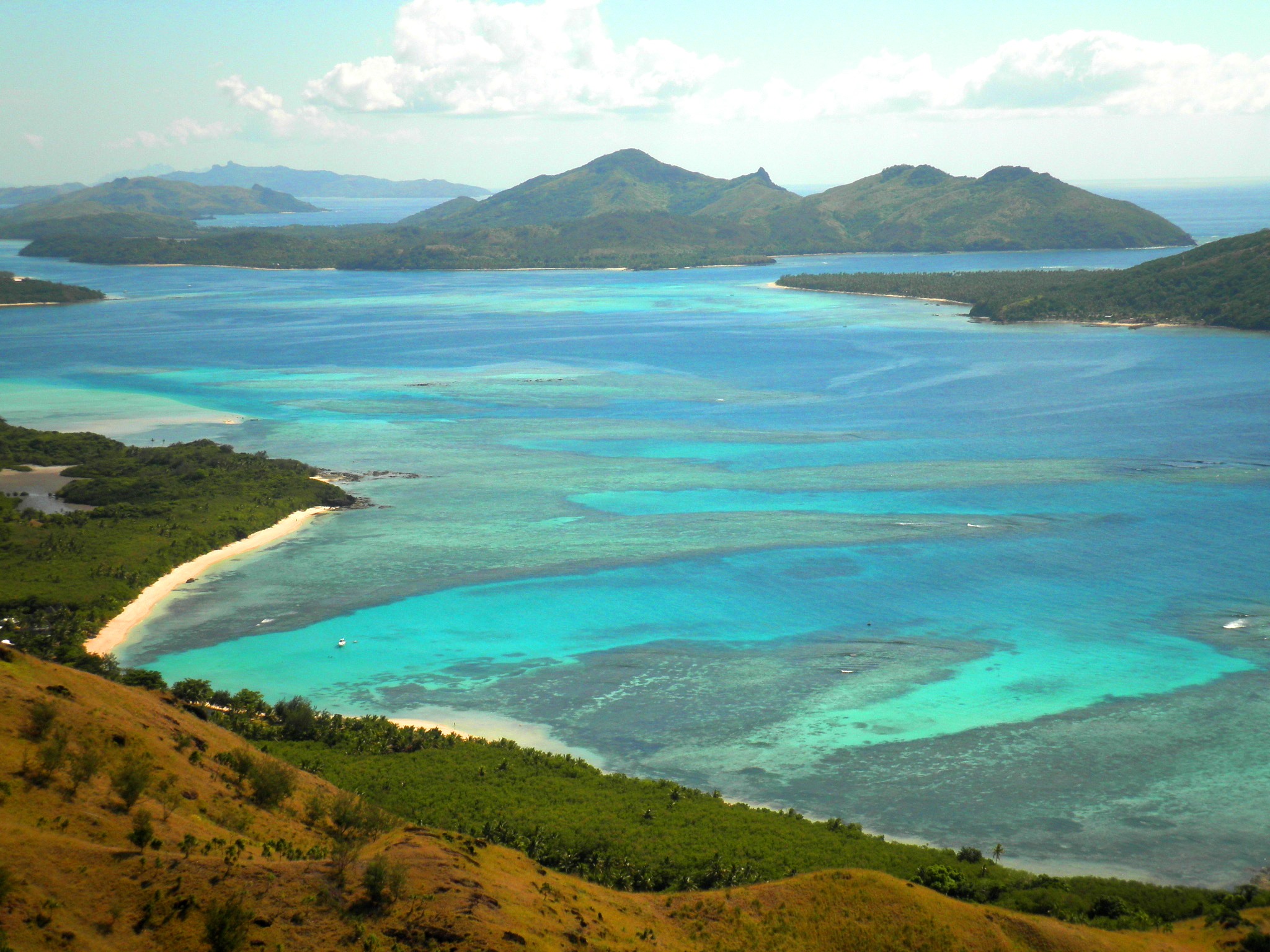




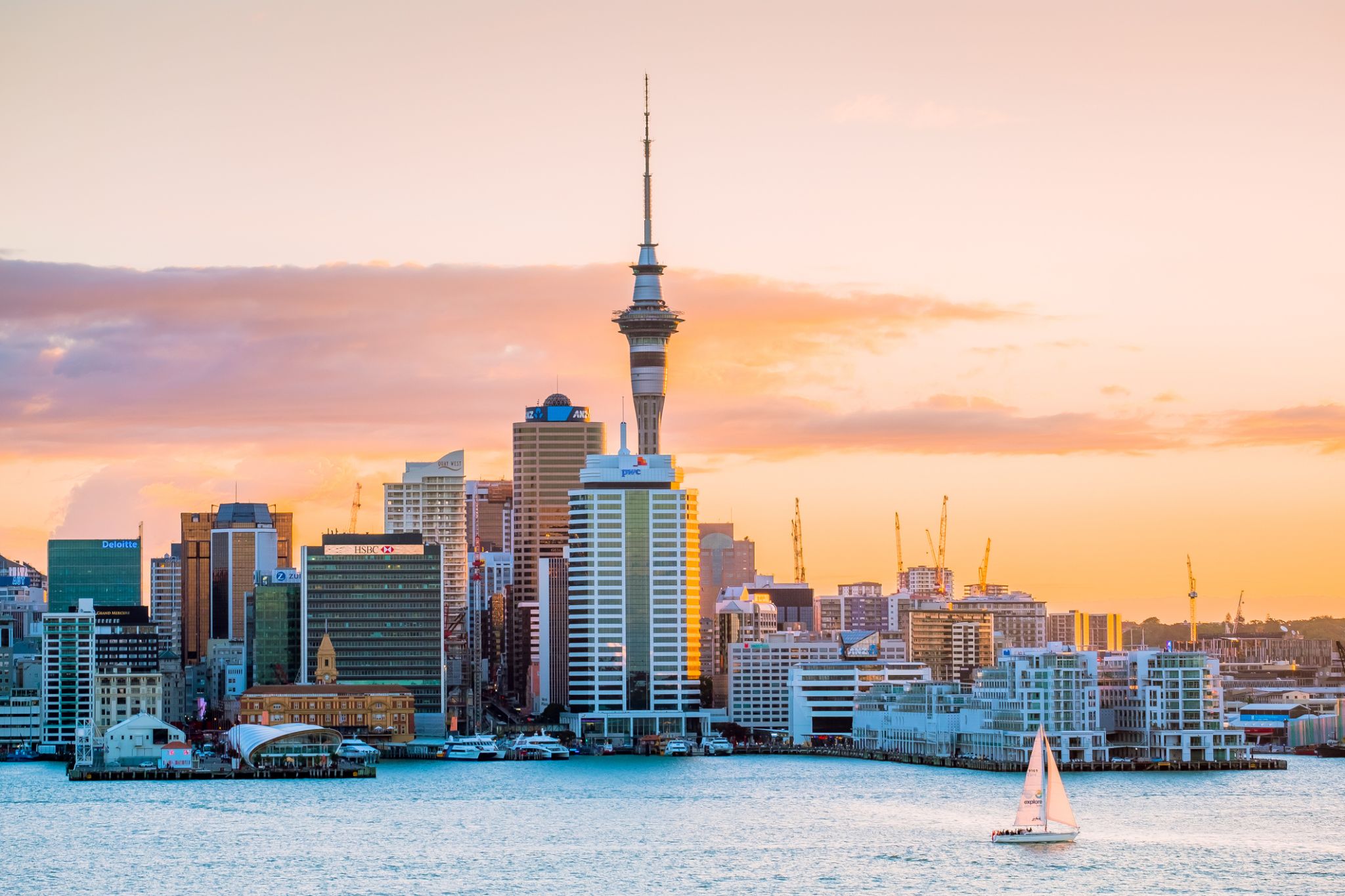

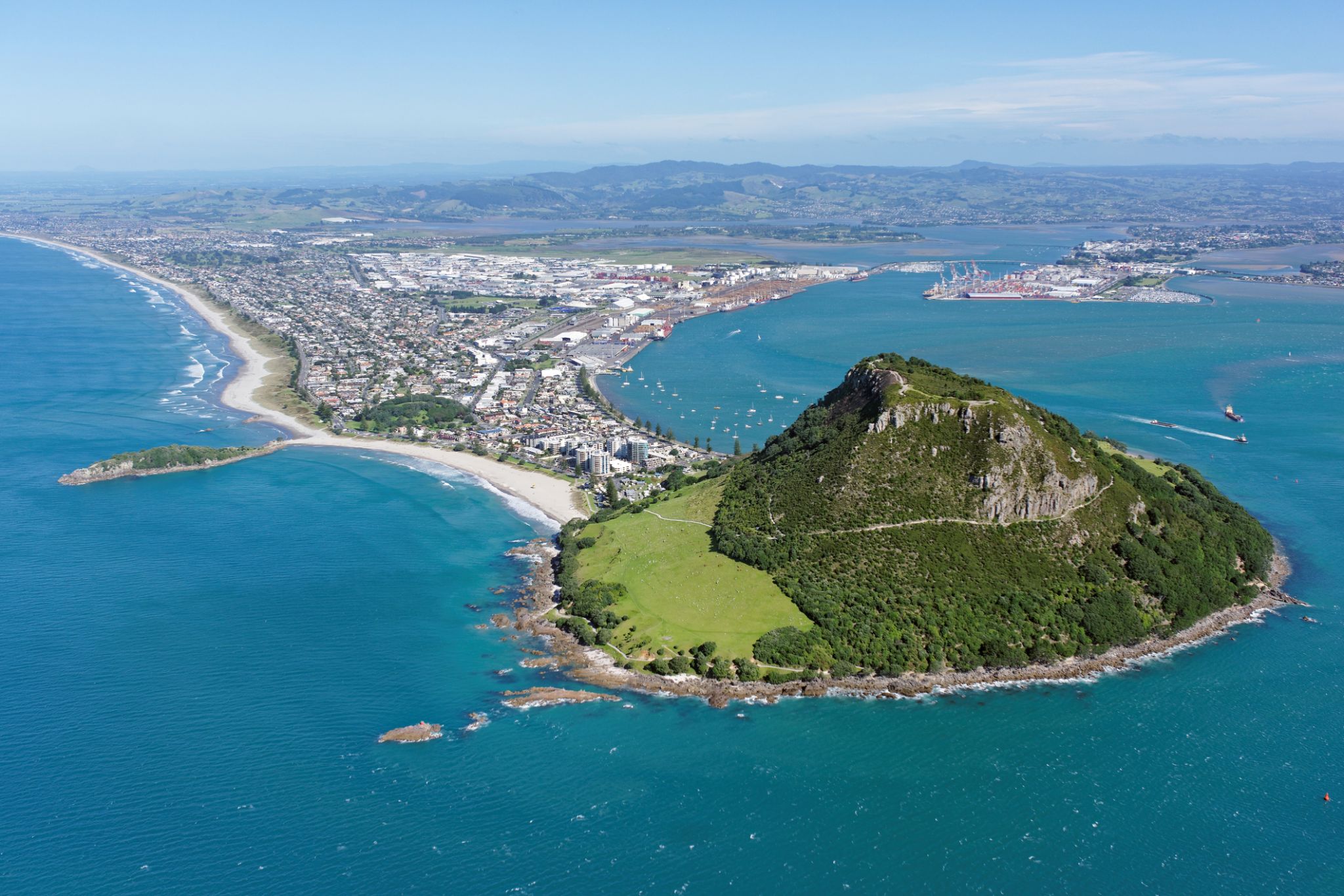
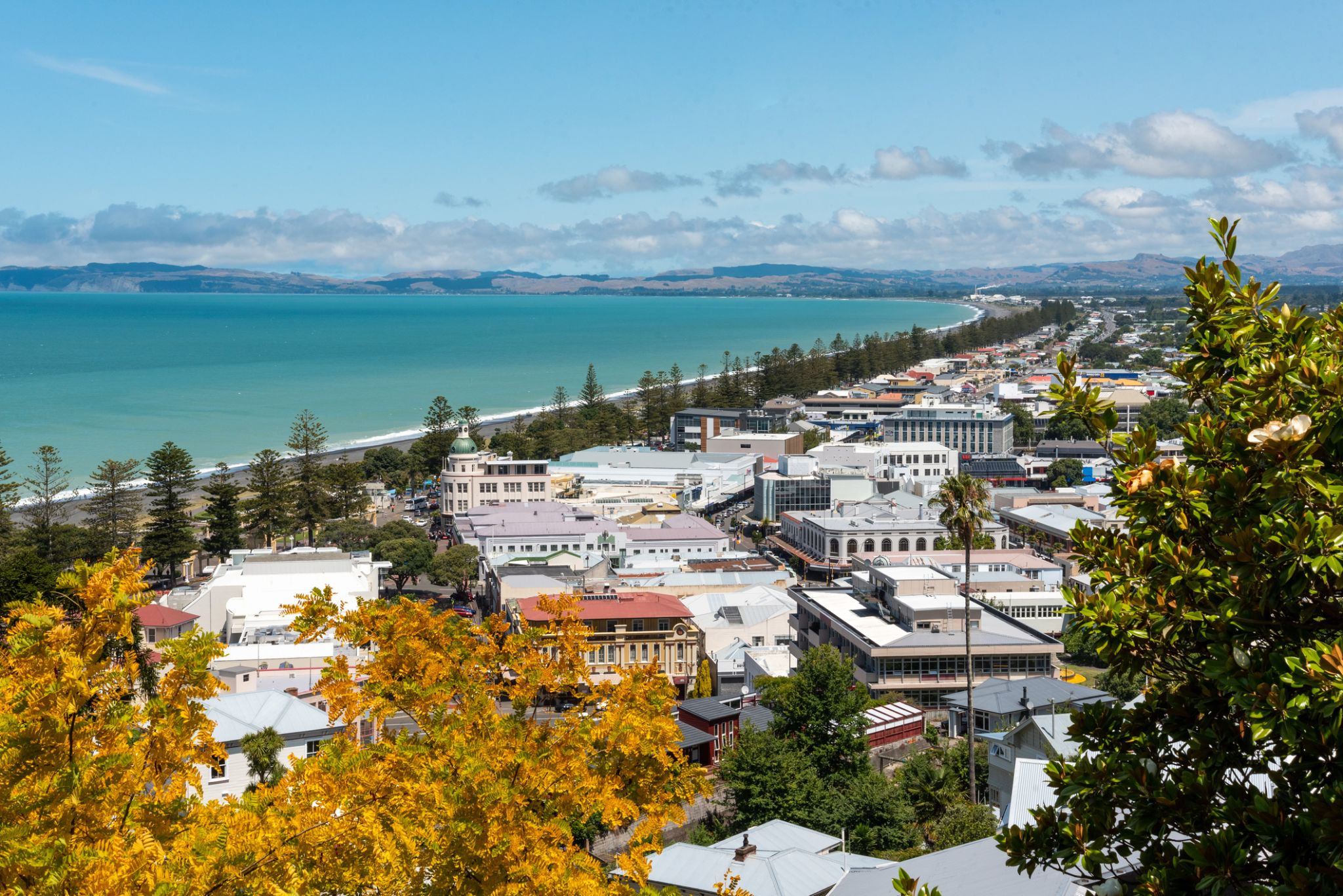
Napier is a New Zealand city with a seaport, located in Hawke's Bay on the eastern coast of the North Island. The population of Napier is about 63,900 as of the June 2018. About 18 kilometres (11 mi) south of Napier is the inland city of Hastings. These two neighbouring cities are often called "The Bay Cities" or "The Twin Cities" of New Zealand. The total population of the Napier-Hastings Urban Area is 134,500 people, which makes it the sixth-largest urban area in New Zealand, closely followed by Dunedin (122,000), and trailing Tauranga(141,600).
Napier is about 320 kilometres (200 mi) northeast of the capital city of Wellington. Napier (63,900) has a smaller population than its neighbouring city of Hastings (70,600) but is seen as the main centre due to it being closer in distance to both the seaport and the main airport that service Hawke's Bay, and Hastings' population figure includes 13,000 people living in Havelock North, which is often considered a town in its own right. The City of Napier has a land area of 106 square kilometres (41 sq mi) and a population density of 540.0 per square kilometre.
Napier is the nexus of the largest wool centre in the Southern Hemisphere, and it has the primary export seaport for northeastern New Zealand – which is the largest producer of apples, pears, and stone fruit in New Zealand. Napier has also become an important grape and wine production area, with the grapes grown around Hastings and Napier being sent through the Port of Napier for export. Large amounts of sheep's wool, frozen meat, wood pulp, and timber also pass through Napier annually for export. Smaller amounts of these materials are shipped via road and railway to the large metropolitan areas of New Zealand itself, such as Auckland, Wellington and Hamilton.
Napier is a popular tourist city, with a unique concentration of 1930s Art Deco architecture, built after much of the city was razed in the 1931 Hawke's Bay earthquake. It also has one of the most photographed tourist attractions in the country, a statue on Marine Parade called Pania of the Reef. Thousands of people flock to Napier every February for the Tremains Art Deco Weekend event, a celebration of its Art Deco heritage and history. Other notable tourist events attracting many outsiders to the region annually include F.A.W.C! Food and Wine Classic events, and the Mission Estate Concert at Mission Estate and Winery in the suburb of Taradale.

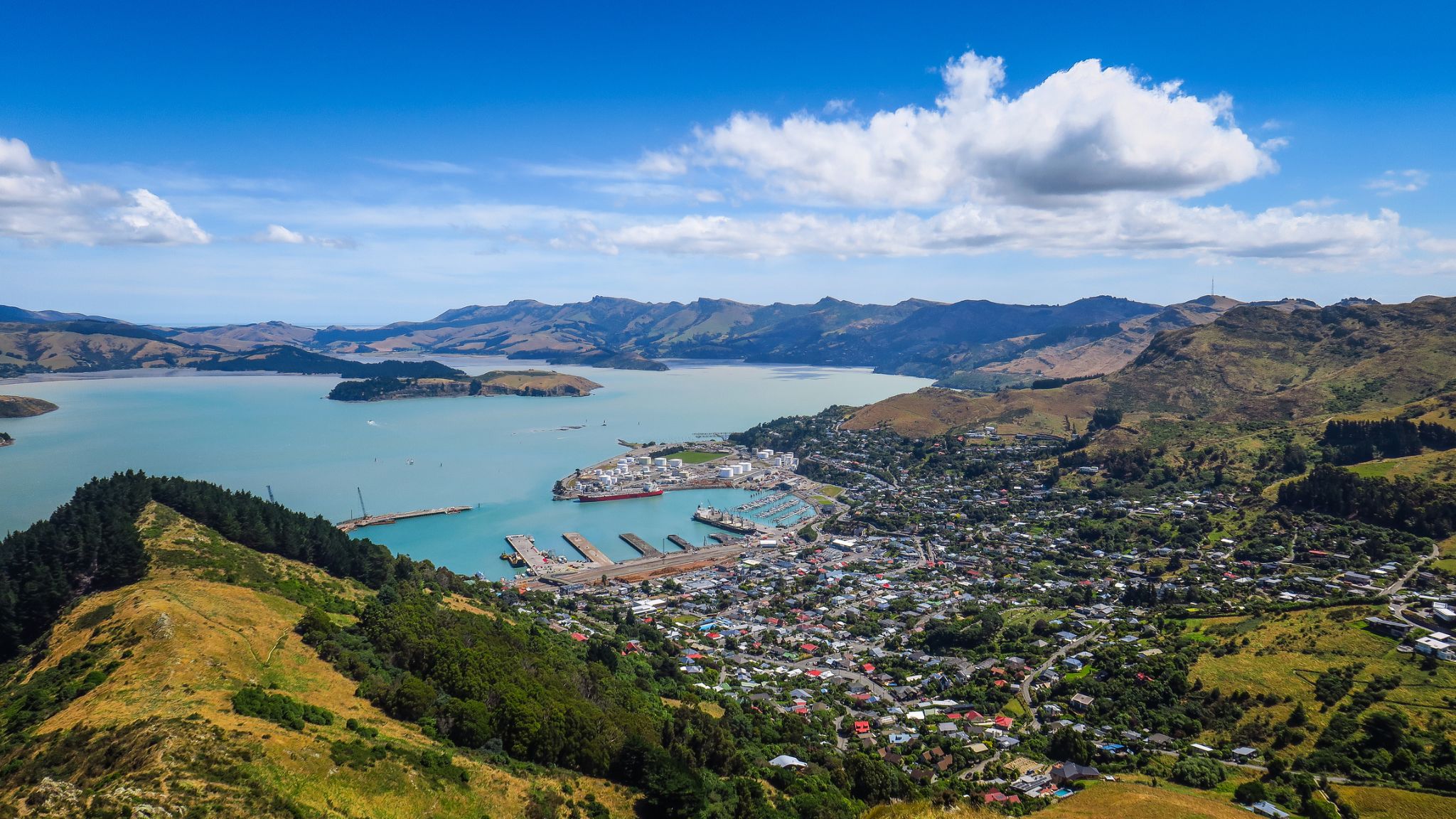
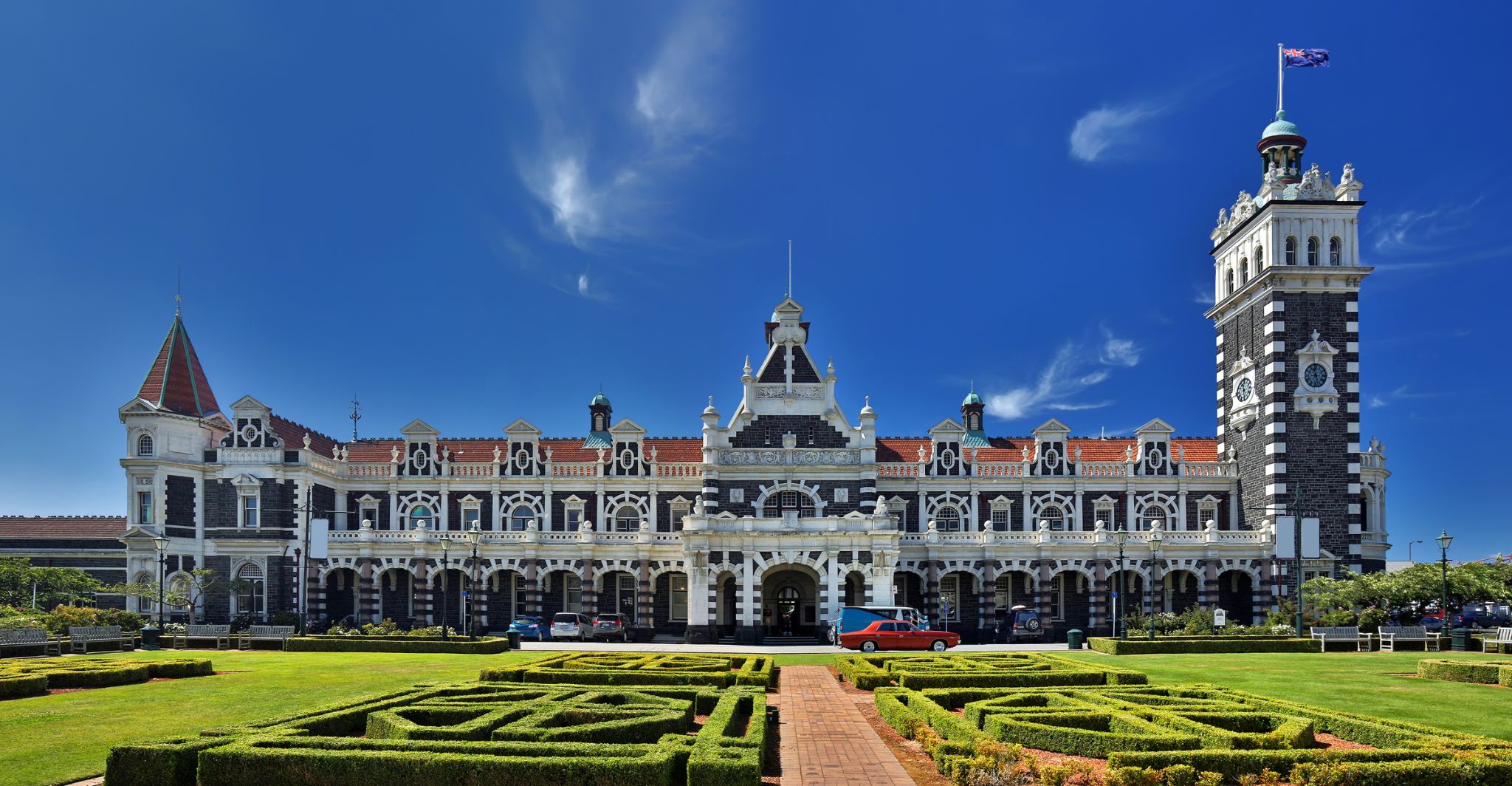
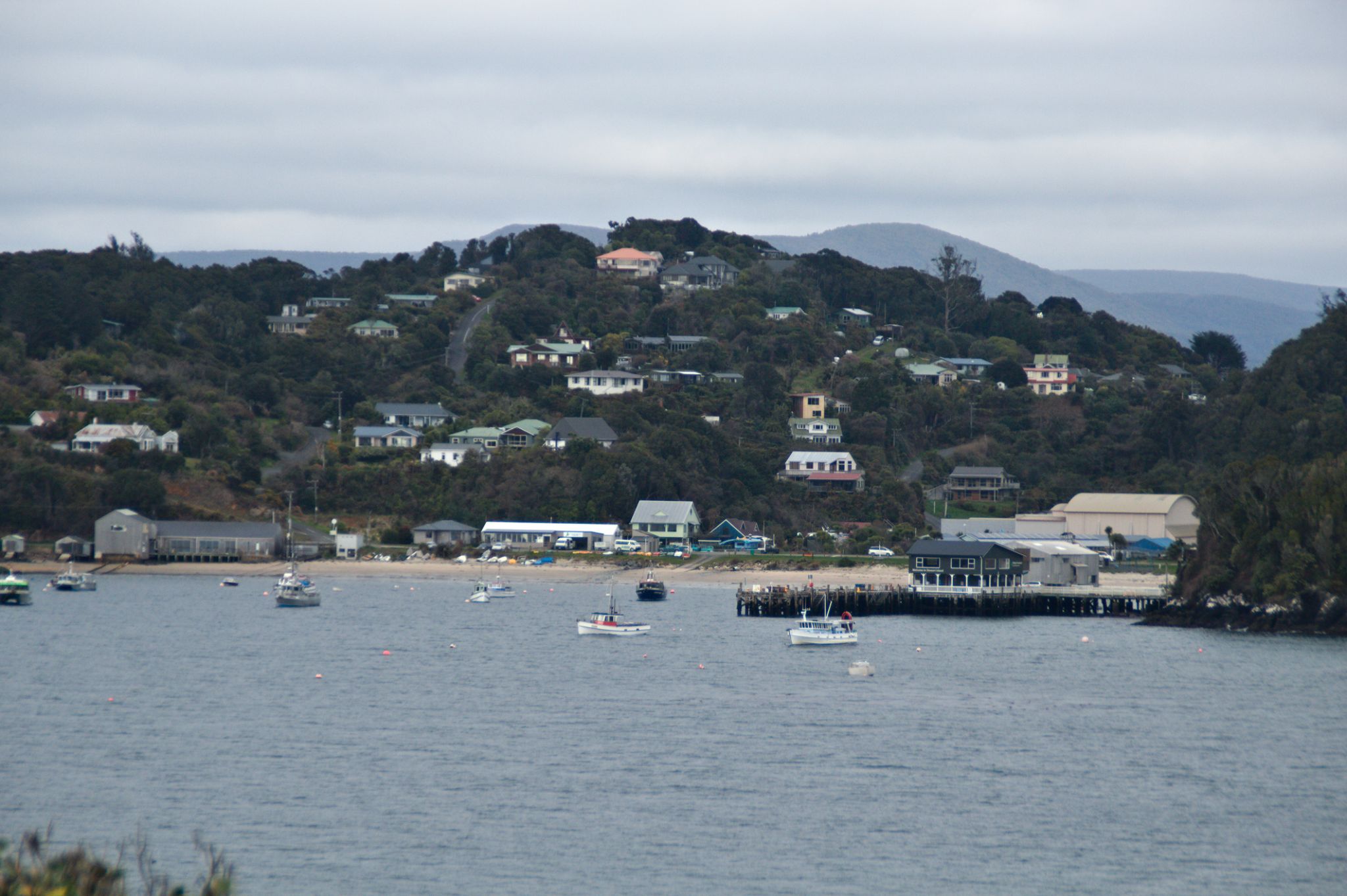
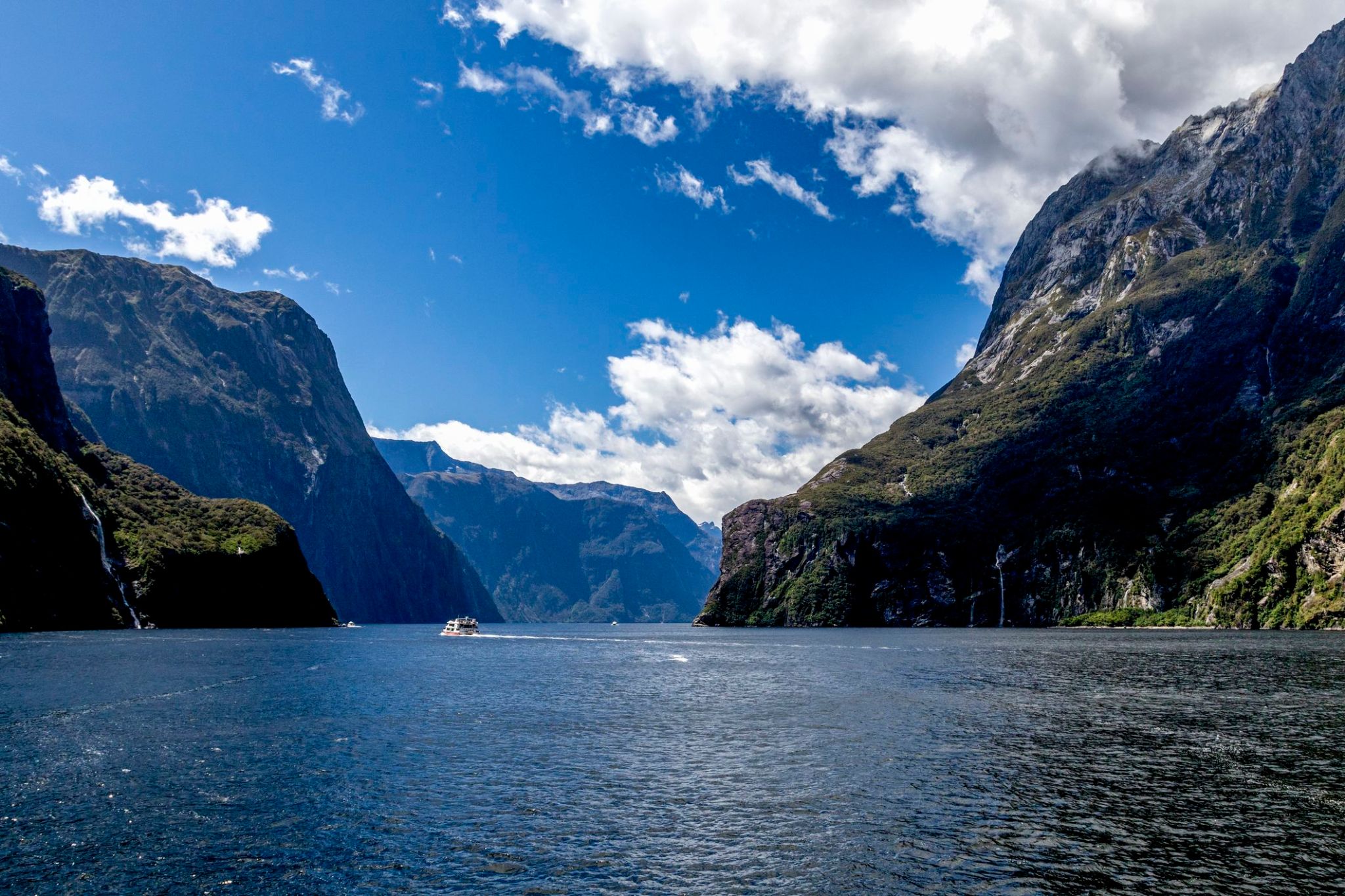
It’s hard to believe that hidden among tropical rainforests and sheer cliffs, Milford Sound in New Zealand offers a world of misty peaks and shimmering waterfalls dropping over 150 meters straight into the fjord’s blue waters. This corner of the South Island surprises visitors with its mystical atmosphere: rain is frequent here, yet it creates dozens of temporary waterfalls that turn Milford Sound into a living painting. Dolphins, seals, and penguins inhabit the fjord’s waters, and on clear days, you can see the reflection of the majestic Mitre Peak on the calm surface.
The best way to feel the power of this place is to take a cruise or kayak, passing by the famous Stirling Falls and the towering cliffs that rise hundreds of meters above the water. For a more intimate experience, visitors can walk the Milford Track, one of the world’s most scenic hiking trails, leading through rainforests and suspension bridges to breathtaking views of Milford Sound. Here, every rainfall becomes part of the magic that stays with you long after you leave these shores.




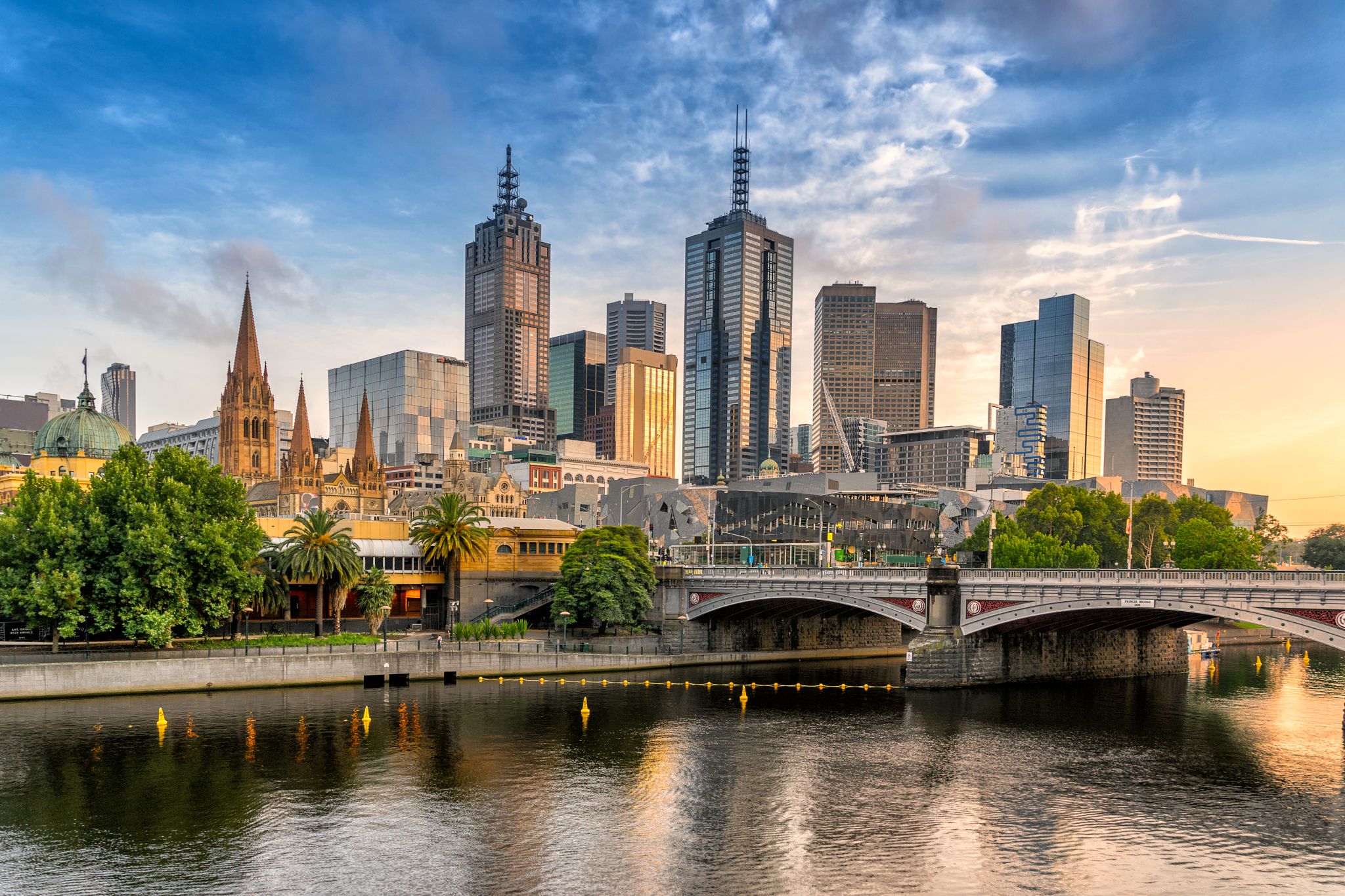
Melbourne is the capital and most populous city of the Australian state of Victoria, and the second most populous city in Australia and Oceania. Its name refers to an urban agglomeration of 9,992.5 km2 (3,858.1 sq mi), comprising a metropolitan area with 31 municipalities, and is also the common name for its city centre. The city occupies much of the coastline of Port Phillip bay and spreads into the hinterlands towards the Dandenong and Macedon ranges, Mornington Peninsula and Yarra Valley. It has a population of approximately 4.9 million (19% of the population of Australia), and its inhabitants are referred to as "Melburnians".
The city was founded on 30 August 1835, in what was the British colony of New South Wales, by free settlers from the colony of Van Diemen’s Land. It was incorporated as a Crown settlement in 1837 and named in honour of the British Prime Minister, William Lamb, 2nd Viscount Melbourne. It was declared a city by Queen Victoria in 1847, after which it became the capital of the new colony of Victoria in 1851. In the wake of the 1850s Victorian gold rush, the city entered the "Marvellous Melbourne" boom period, transforming into one of the most important cities in the British Empire and one of the largest and wealthiest in the world. After the federation of Australia in 1901, it served as interim seat of government of the new nation until Canberra became the permanent capital in 1927. Today, it is a leading financial centre in the Asia-Pacific region and ranks 20th in the Global Financial Centres Index.

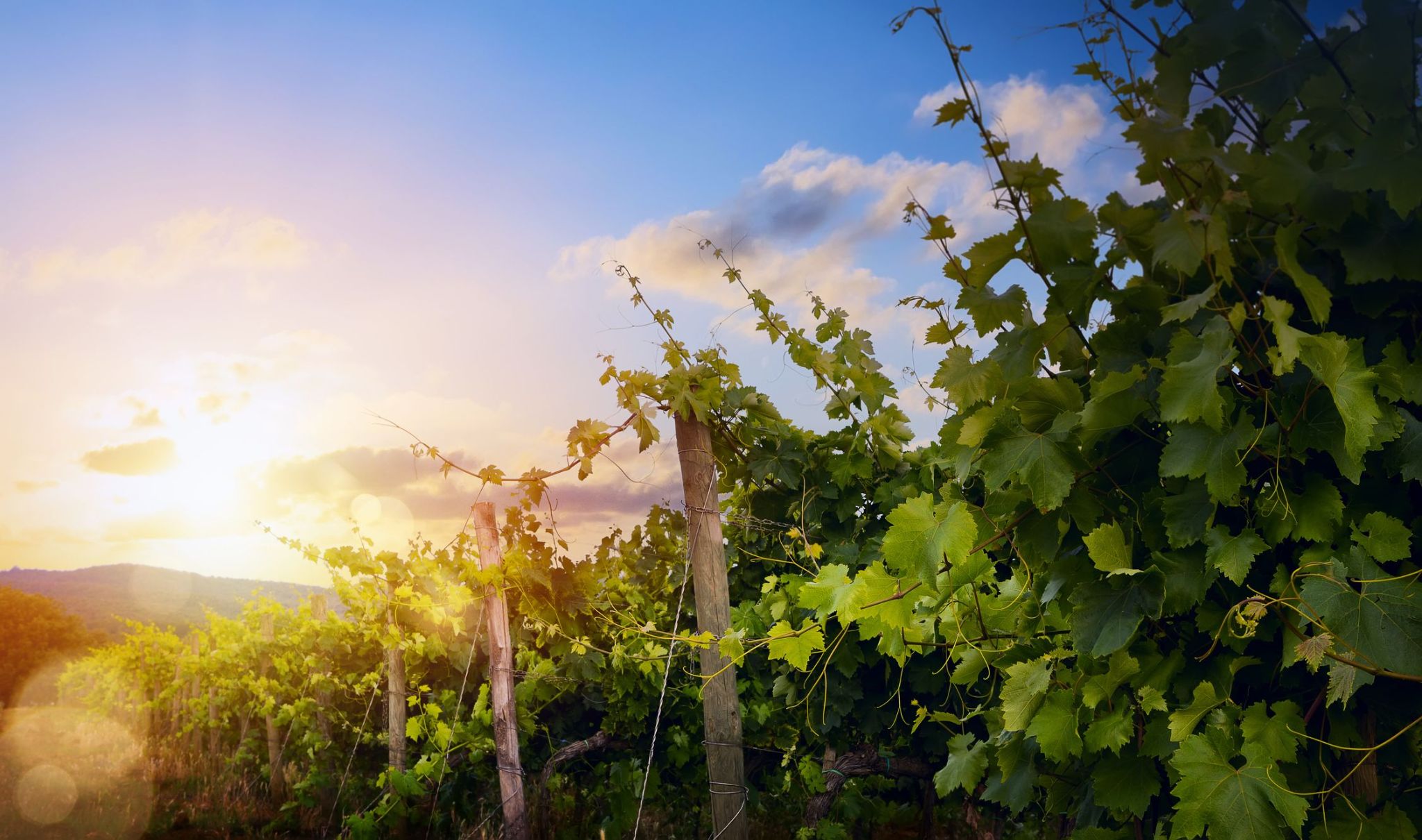
Eden Valley is a picturesque valley located in the heart of Australia, in the state of South Australia. Known for its unique natural beauty, abundant wildlife, and fertile agricultural lands, this area is home to thriving vineyards and the production of famous local wines. The landscapes of Eden Valley are enchanting both in the warm seasons and during winter, when the rolling hills are covered in greenery, and snowy peaks glisten on the horizon. It is also one of the best regions for wine tours and excursions, where tourists can not only enjoy local wines but also learn about the winemaking process.
For travelers, Eden Valley offers not just natural beauty but a wide range of outdoor activities. The region is perfect for hiking, camping, and wildlife watching. Rare animals, such as koalas and kangaroos, can be spotted here, along with stunning panoramic views of the valley. Summer in Eden Valley is a time for festivals and cultural events, attracting both locals and visitors. It is a place for those seeking a blend of nature, adventure, and culinary delights without straying far from civilization.
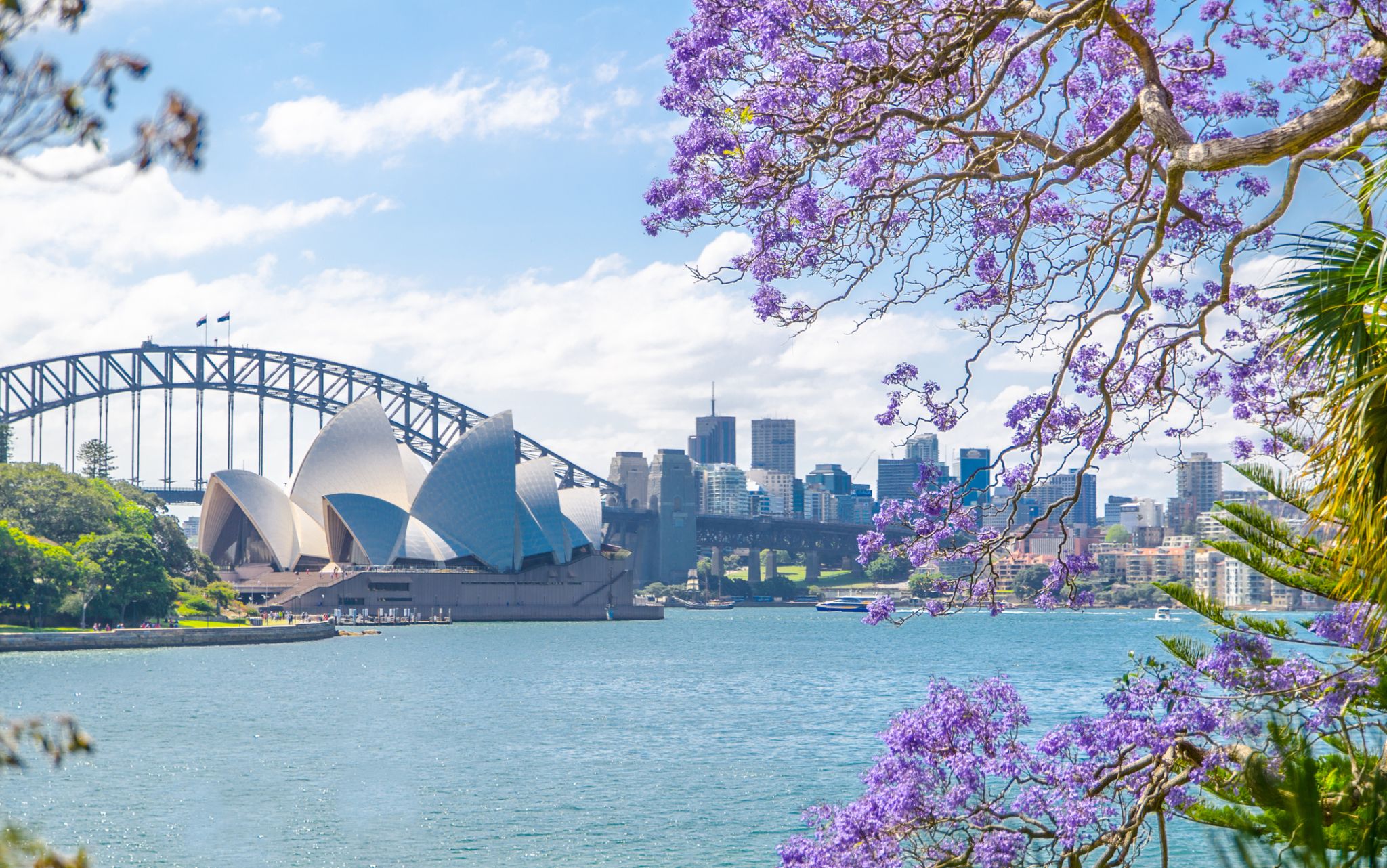
Sydney is the state capital of New South Wales and the most populous city in Australiaand Oceania. Located on Australia's east coast, the metropolis surrounds Port Jackson and extends about 70 km (43.5 mi) on its periphery towards the Blue Mountains to the west, Hawkesbury to the north, and Macarthur to the south. Sydney is made up of 658 suburbs, 40 local government areas and 15 contiguous regions. Residents of the city are known as "Sydneysiders". As of June 2017, Sydney's estimated metropolitan population was 5,131,326, and is home to approximately 65% of the state's population.

Sydney is the state capital of New South Wales and the most populous city in Australiaand Oceania. Located on Australia's east coast, the metropolis surrounds Port Jackson and extends about 70 km (43.5 mi) on its periphery towards the Blue Mountains to the west, Hawkesbury to the north, and Macarthur to the south. Sydney is made up of 658 suburbs, 40 local government areas and 15 contiguous regions. Residents of the city are known as "Sydneysiders". As of June 2017, Sydney's estimated metropolitan population was 5,131,326, and is home to approximately 65% of the state's population.



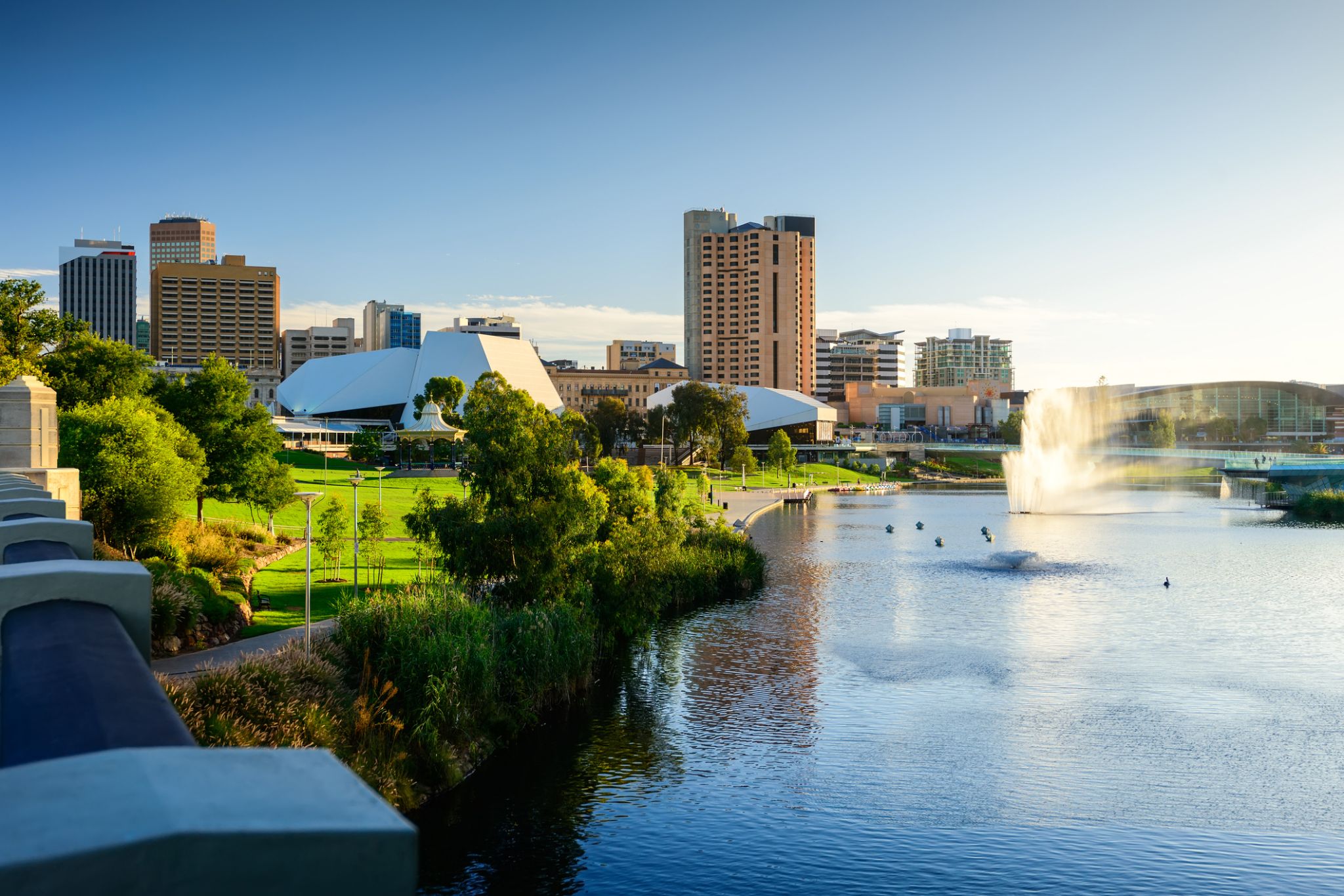
Adelaide is the capital city of the state of South Australia, and the fifth-most populous city of Australia. In June 2017, Adelaide had an estimated resident population of 1,333,927. Adelaide is home to more than 75 percent of the South Australian population, making it the most centralised population of any state in Australia.

Nestled on the picturesque Eyre Peninsula in South Australia, Port Lincoln is renowned for its stunning views and unique marine adventures. Here, travelers can experience one of the most thrilling activities — cage diving with sharks, observing these majestic marine predators up close. Nature lovers will appreciate the pristine beaches and national parks, where you might spot kangaroos, koalas, and pelicans.
Port Lincoln is not just the seafood capital of Australia, serving the freshest oysters and seafood, but also an ideal spot for fishing and coastal cruises. The city is also famous for its wines and cultural events that attract visitors from across the country every year. This destination is perfect for both active holidays and relaxing by the ocean.


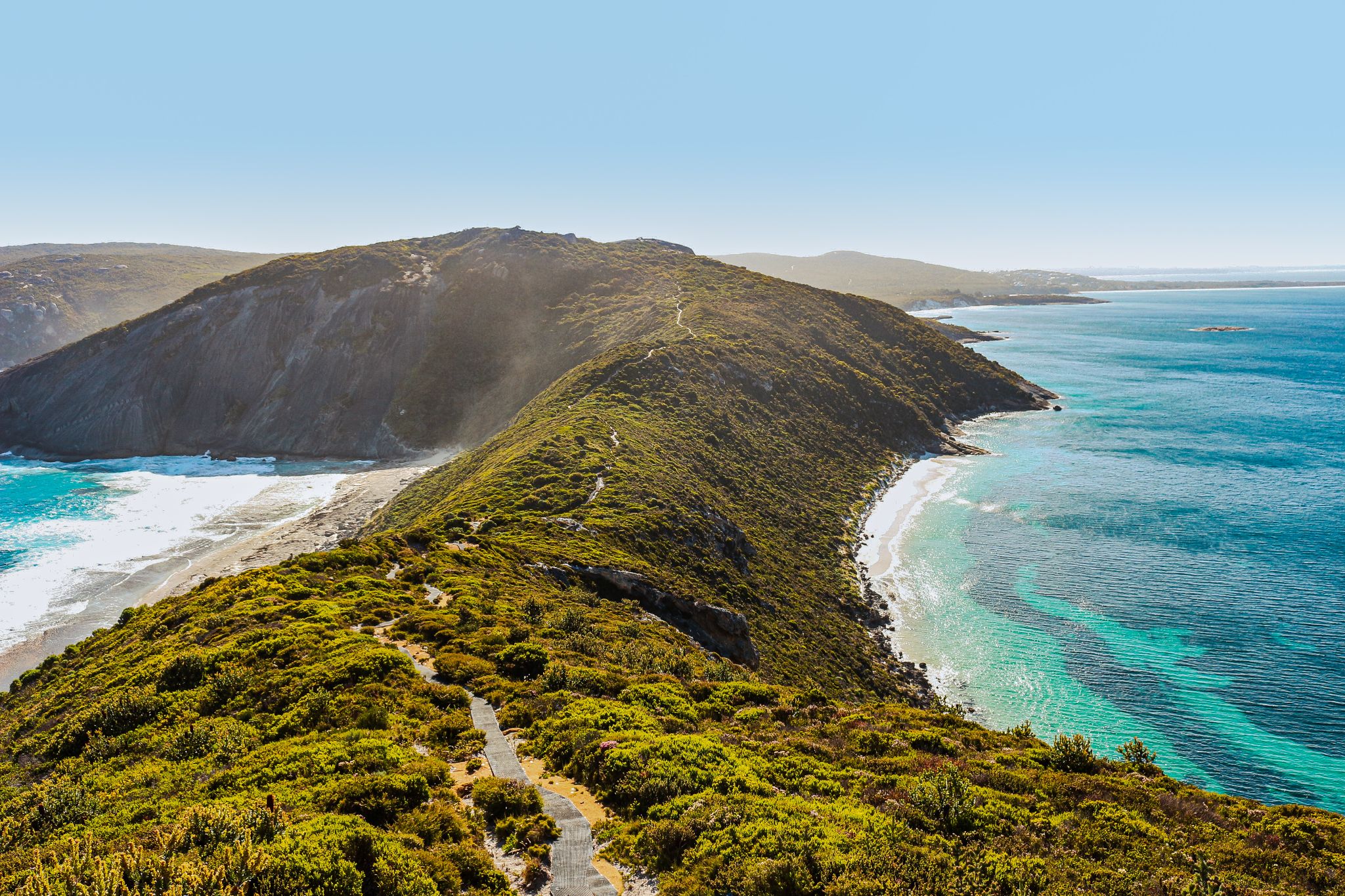
Albany is a port city in the Great Southern region of Western Australia, 418 km SE of Perth, the state capital. Albany is the oldest colonial settlement in Western Australia, predating Perth and Fremantle by over two years.
The city centre is at the northern edge of Princess Royal Harbour, which is a part of King George Sound. The central business district is bounded by Mount Clarence to the east and Mount Melville to the west. The city is in the local government area of the City of Albany.






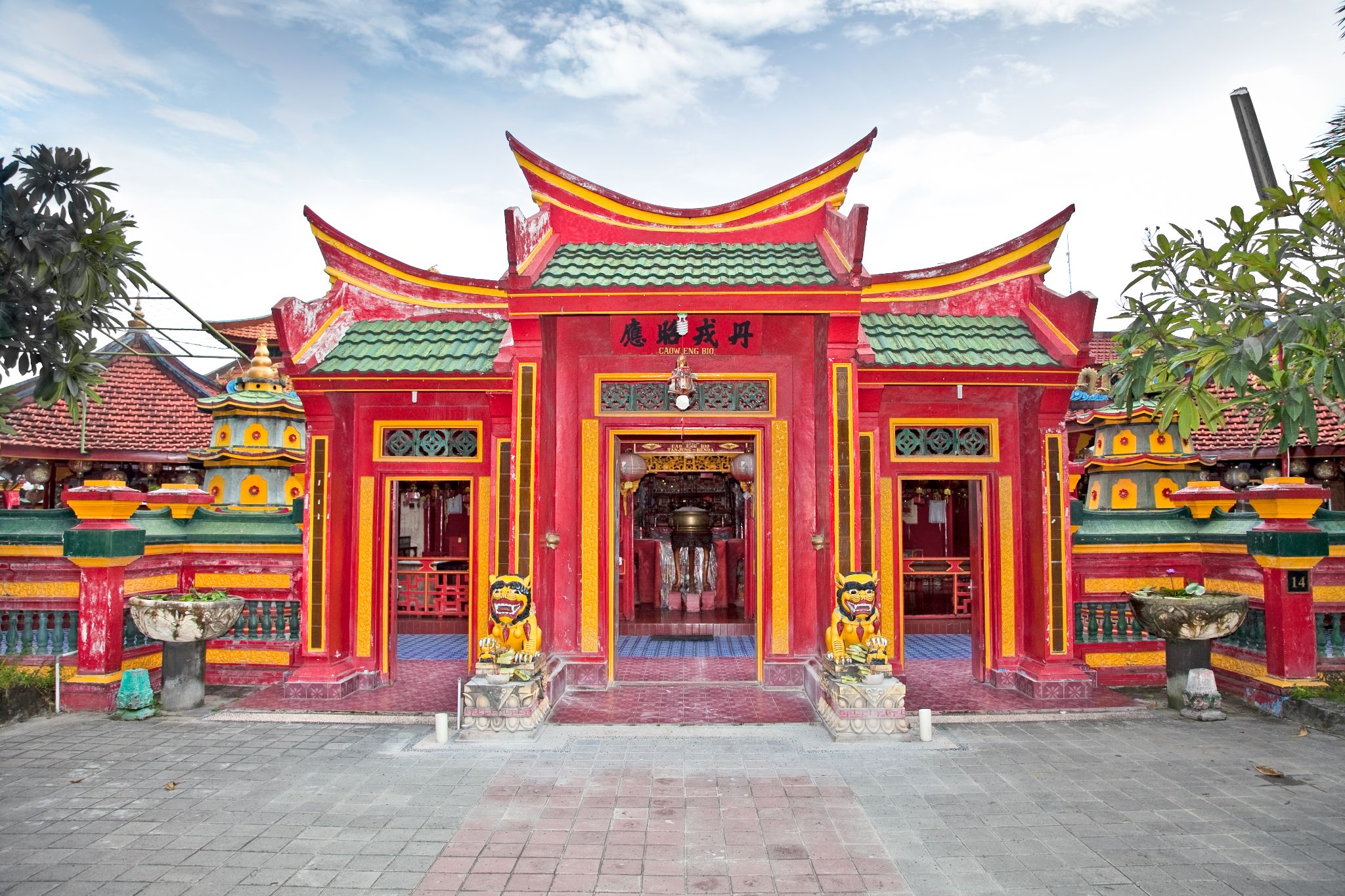



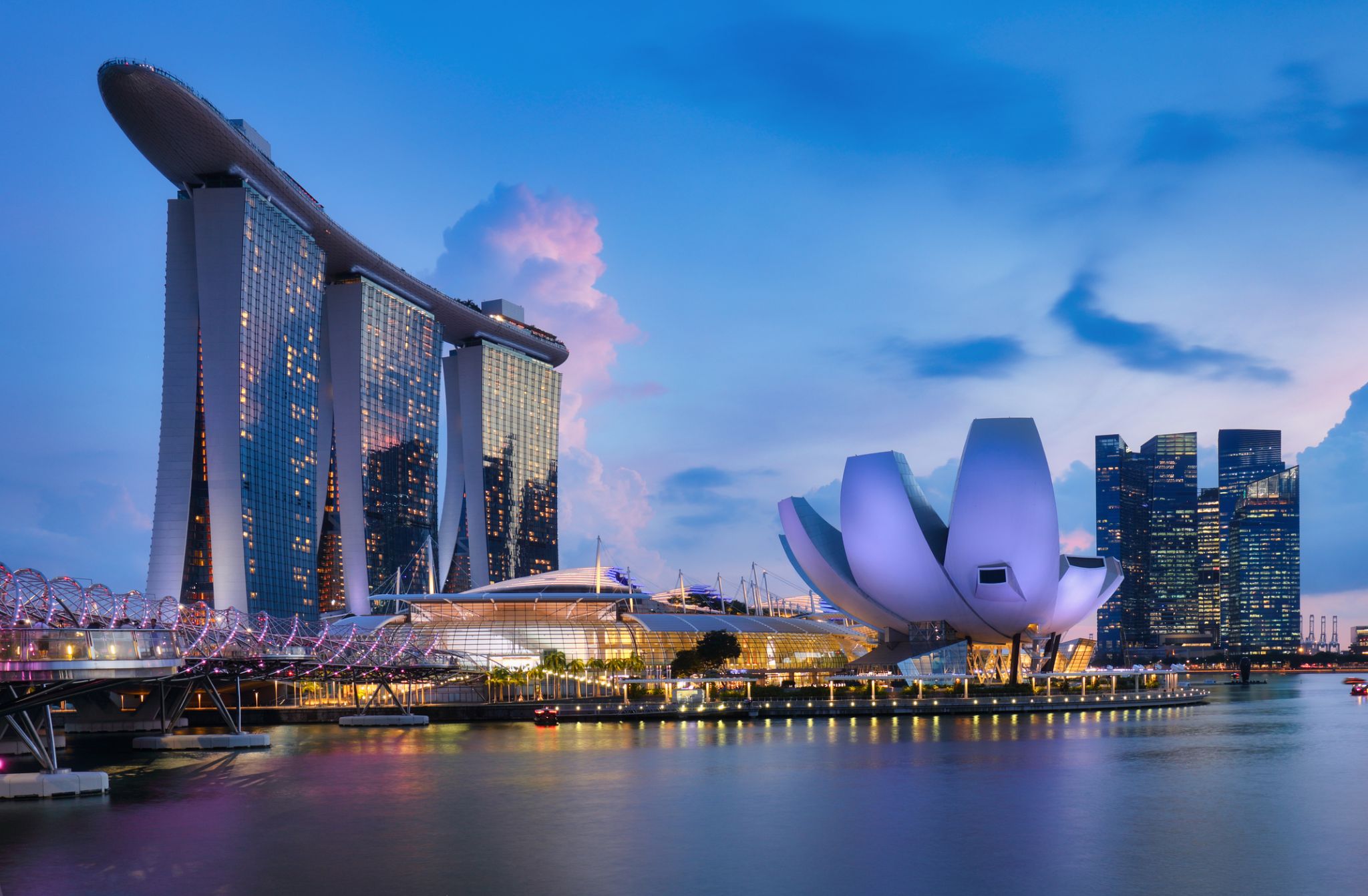


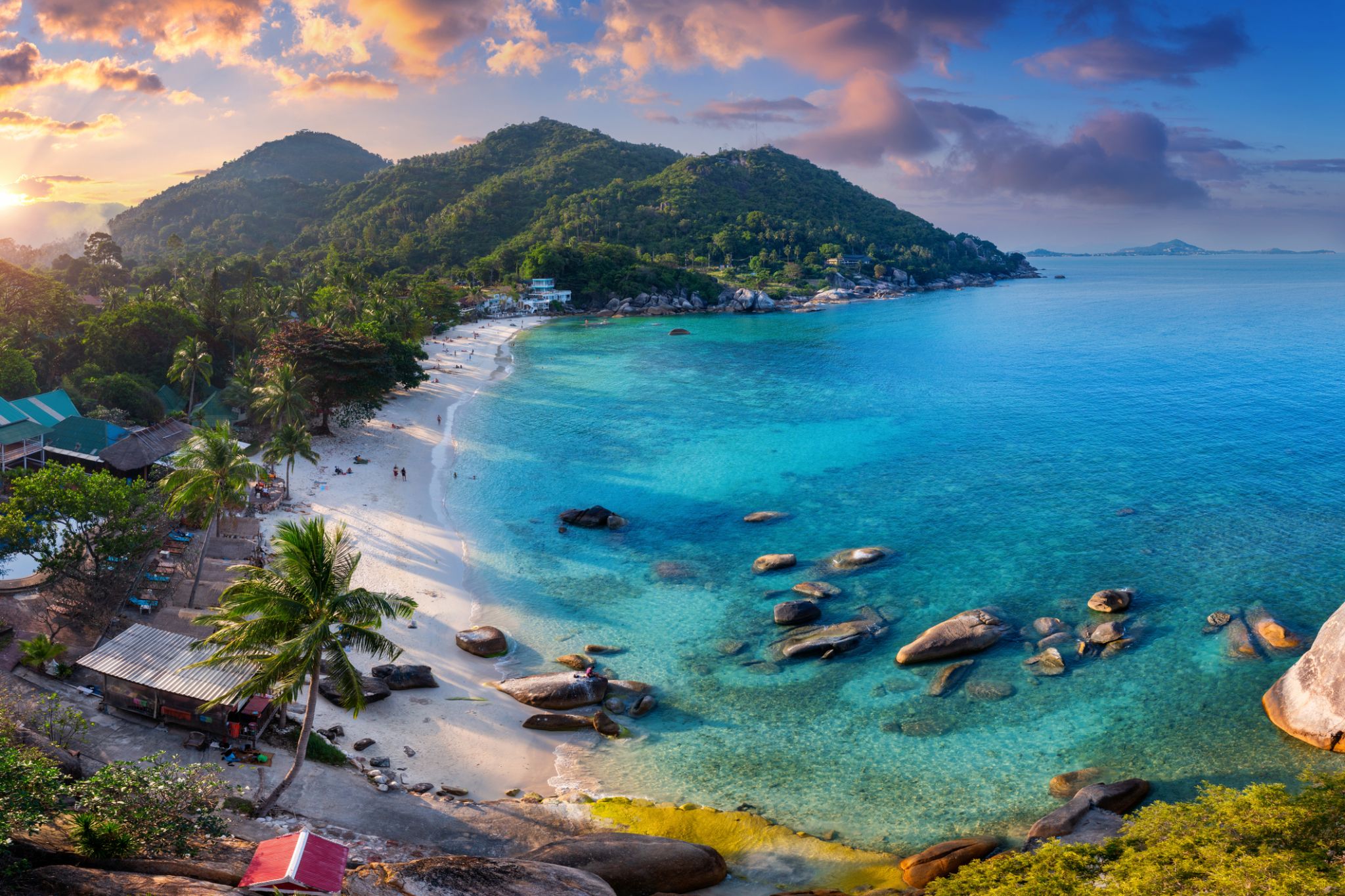
Among the tropical islands of Thailand, Koh Samui stands out with its unique nature and atmosphere. This island attracts travelers from all over the world with its white sandy beaches, picturesque waterfalls, and dense jungles. It's an ideal place for relaxation, whether it’s engaging in water sports, exploring nature, or simply enjoying peace and beauty.
Moreover, Koh Samui is known for its cultural heritage, including many Buddhist temples and sanctuaries. One of the most famous is the Big Buddha Temple, which is not only a religious center but also one of the island's main attractions. The local cuisine, featuring fresh seafood and exotic fruits, will make the trip even more exciting and delicious.
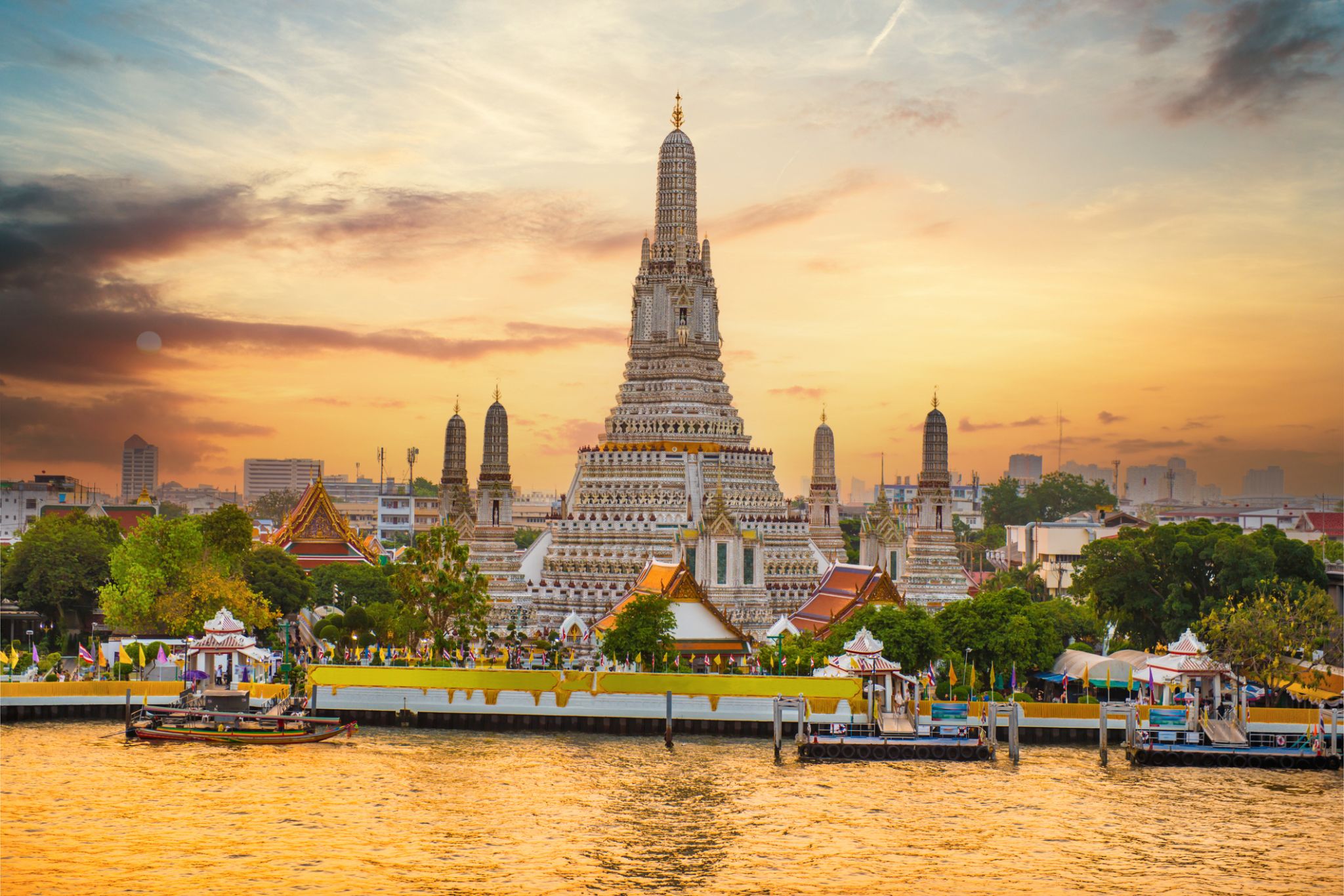
Bangkok is the capital and most populous city of Thailand. It is known in Thai as Krung Thep Maha Nakhon or simply Krung Thep. The city occupies 1,568.7 square kilometres (605.7 sq mi) in the Chao Phraya River delta in central Thailand, and has a population of over eight million, or 12.6 percent of the country's population. Over fourteen million people (22.2 percent) lived within the surrounding Bangkok Metropolitan Region at the 2010 census, making Bangkok the nation's primate city, significantly dwarfing Thailand's other urban centres in terms of importance.

Bangkok is the capital and most populous city of Thailand. It is known in Thai as Krung Thep Maha Nakhon or simply Krung Thep. The city occupies 1,568.7 square kilometres (605.7 sq mi) in the Chao Phraya River delta in central Thailand, and has a population of over eight million, or 12.6 percent of the country's population. Over fourteen million people (22.2 percent) lived within the surrounding Bangkok Metropolitan Region at the 2010 census, making Bangkok the nation's primate city, significantly dwarfing Thailand's other urban centres in terms of importance.

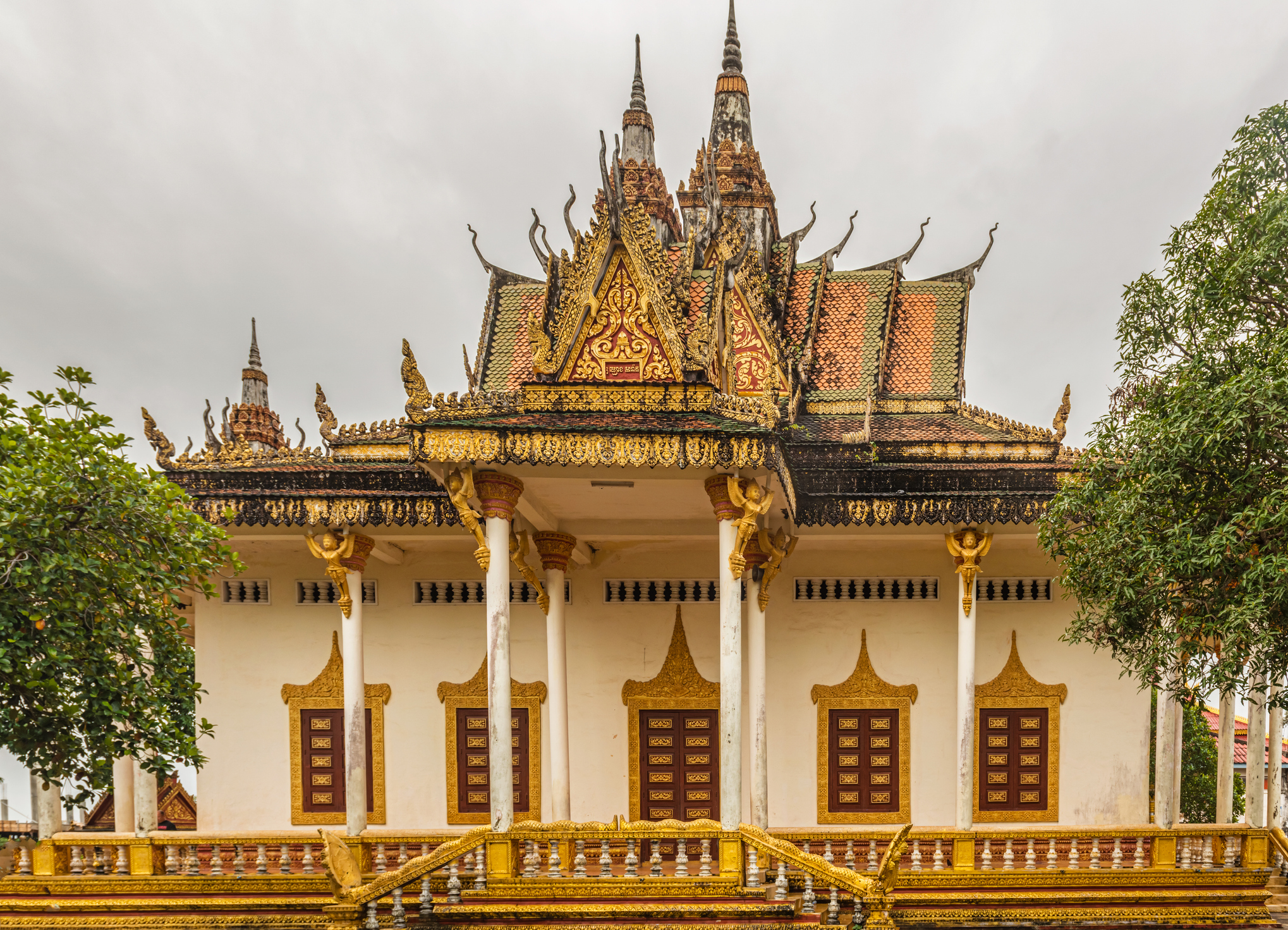
Kompong Som (Sihanoukville)

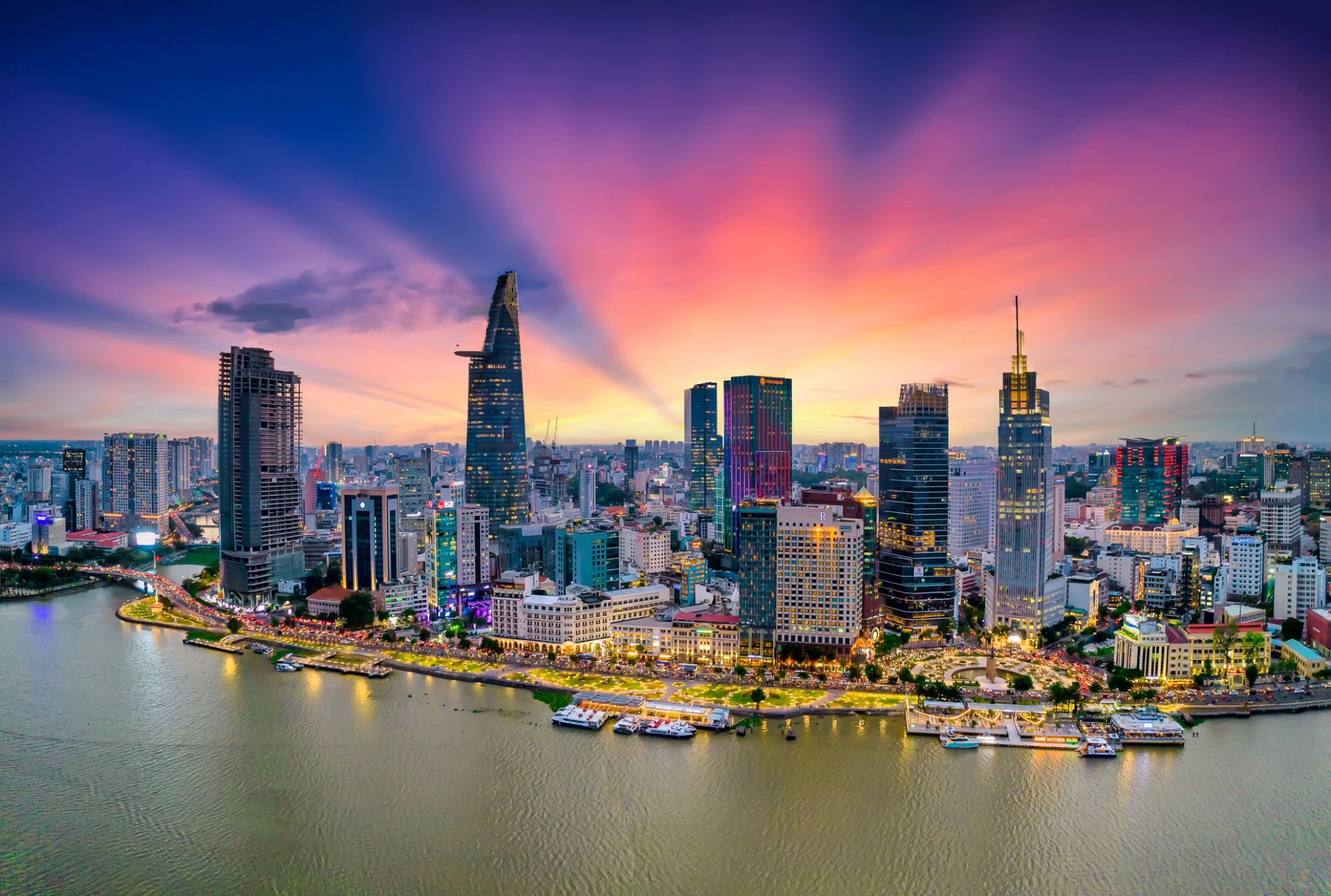
Ho Chi Minh City, also known by its former name of Saigon is the most populous city in Vietnam with a population of 8.4 million (13 million in the metropolitan area) as of 2017. Located in southeast Vietnam, the metropolis surrounds the Saigon River and covers about 2,061 square kilometres (796 square miles).
Under the name Saigon, it was the capital of French Indochina from 1887 to 1902 and again from 1945 to 1954. Saigon would later become the capital of South Vietnam from 1955 until its fall in 1975. On 2 July 1976, Saigon merged with the surrounding Gia Định Province and was officially renamed Ho Chi Minh City after revolutionary leader Hồ Chí Minh (although the name Sài Gòn is still widely used).
Ho Chi Minh City is the financial centre of Vietnam and is classifed as a Beta+ World City by Globalization and World Cities Research Network. It is home to the Ho Chi Minh City Stock Exchange, the largest stock exchange by total market capitalization in Vietnam and the headquarters of many national and international banks and companies.
Ho Chi Minh City is the most visited city in Vietnam, with 6.3 million visitors in 2017. Many of the city's landmarks which are well known to international visitors include the Bến Thành Market, Ho Chi Minh City Hall, Notre-Dame Cathedral Basilica of Saigon, Independence Palace and the Municipal Theatre. The main passenger airport serving the metropolitan area is Tan Son Nhat International Airport, it is the busiest airport in Vietnam handling 36 million passengers in 2017.

Ho Chi Minh City, also known by its former name of Saigon is the most populous city in Vietnam with a population of 8.4 million (13 million in the metropolitan area) as of 2017. Located in southeast Vietnam, the metropolis surrounds the Saigon River and covers about 2,061 square kilometres (796 square miles).
Under the name Saigon, it was the capital of French Indochina from 1887 to 1902 and again from 1945 to 1954. Saigon would later become the capital of South Vietnam from 1955 until its fall in 1975. On 2 July 1976, Saigon merged with the surrounding Gia Định Province and was officially renamed Ho Chi Minh City after revolutionary leader Hồ Chí Minh (although the name Sài Gòn is still widely used).
Ho Chi Minh City is the financial centre of Vietnam and is classifed as a Beta+ World City by Globalization and World Cities Research Network. It is home to the Ho Chi Minh City Stock Exchange, the largest stock exchange by total market capitalization in Vietnam and the headquarters of many national and international banks and companies.
Ho Chi Minh City is the most visited city in Vietnam, with 6.3 million visitors in 2017. Many of the city's landmarks which are well known to international visitors include the Bến Thành Market, Ho Chi Minh City Hall, Notre-Dame Cathedral Basilica of Saigon, Independence Palace and the Municipal Theatre. The main passenger airport serving the metropolitan area is Tan Son Nhat International Airport, it is the busiest airport in Vietnam handling 36 million passengers in 2017.

Ho Chi Minh City, also known by its former name of Saigon is the most populous city in Vietnam with a population of 8.4 million (13 million in the metropolitan area) as of 2017. Located in southeast Vietnam, the metropolis surrounds the Saigon River and covers about 2,061 square kilometres (796 square miles).
Under the name Saigon, it was the capital of French Indochina from 1887 to 1902 and again from 1945 to 1954. Saigon would later become the capital of South Vietnam from 1955 until its fall in 1975. On 2 July 1976, Saigon merged with the surrounding Gia Định Province and was officially renamed Ho Chi Minh City after revolutionary leader Hồ Chí Minh (although the name Sài Gòn is still widely used).
Ho Chi Minh City is the financial centre of Vietnam and is classifed as a Beta+ World City by Globalization and World Cities Research Network. It is home to the Ho Chi Minh City Stock Exchange, the largest stock exchange by total market capitalization in Vietnam and the headquarters of many national and international banks and companies.
Ho Chi Minh City is the most visited city in Vietnam, with 6.3 million visitors in 2017. Many of the city's landmarks which are well known to international visitors include the Bến Thành Market, Ho Chi Minh City Hall, Notre-Dame Cathedral Basilica of Saigon, Independence Palace and the Municipal Theatre. The main passenger airport serving the metropolitan area is Tan Son Nhat International Airport, it is the busiest airport in Vietnam handling 36 million passengers in 2017.

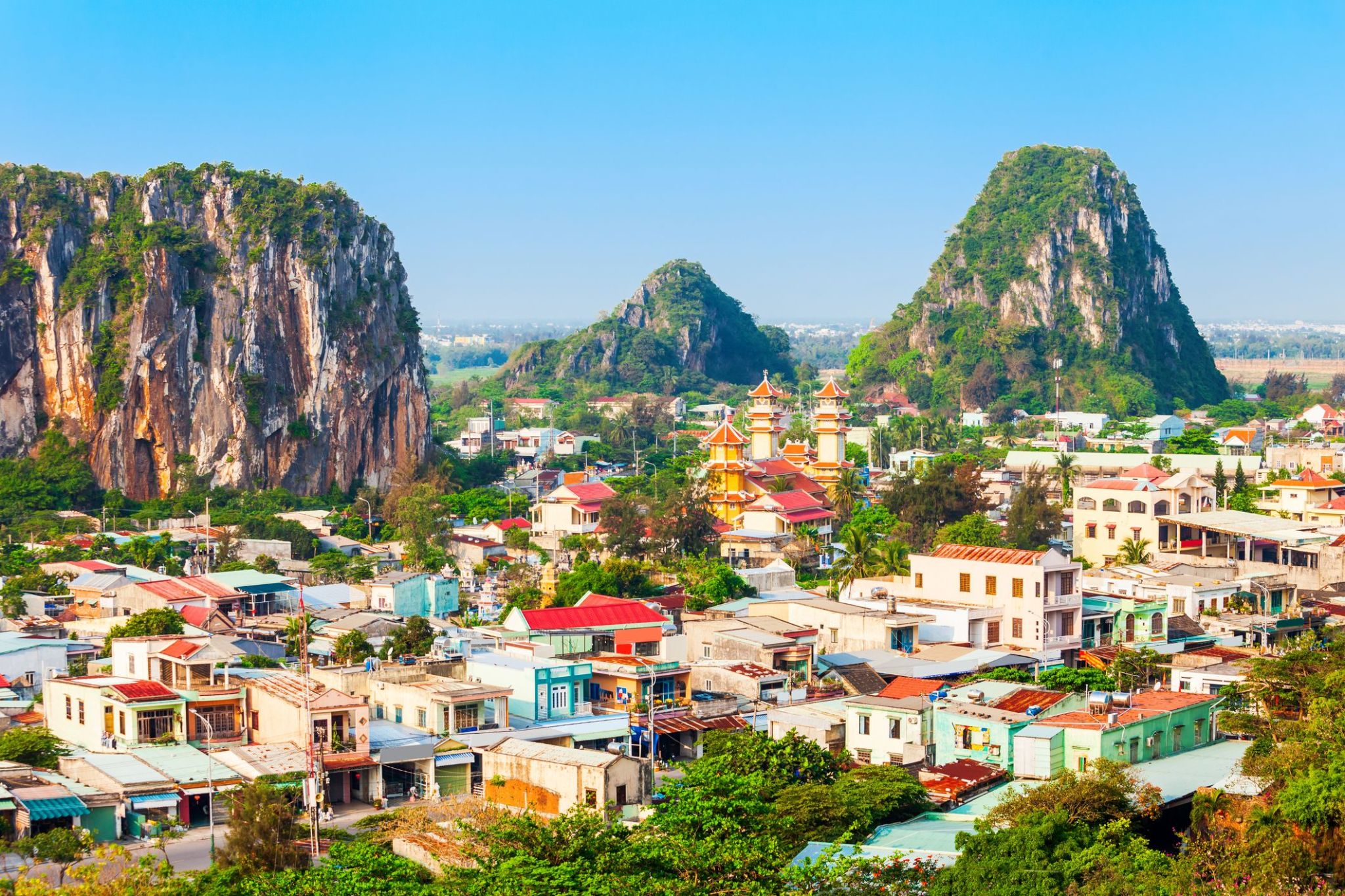
A warm sea breeze and soft sand make Da Nang the perfect place for those seeking seaside relaxation and lightness in every step. Here, modern cafés sit next to traditional markets, while the evening promenade fills with lights and the aroma of fresh seafood. You can enjoy long walks along My Khe and Non Nuoc beaches, ranked among Asia’s best, and discover cozy corners with Vietnamese coffee and the smiles of locals.
For lovers of history and nature, Da Nang offers unique routes to the Marble Mountains with caves and pagodas, providing breathtaking views of the coastline. From here, it is easy to reach the ancient town of Hoi An, preserving the atmosphere of the past, or to take a trip along the Hai Van Pass, where each turn reveals new panoramas of mountains and sea. The city combines a relaxing beach holiday with the chance to discover Vietnam’s beauty and breathe in the fresh sea air that fills you with energy and lightness.




